Our handmade textile paintings: volumetric and lace paintings in various styles and techniques
The fantasy of needlewomen has no limits, especially if they are fabric paintings. They debunk the myth that you can only draw with paints, pencils or felt-tip pens.
It turns out that the colored flap is a more interesting material, which is used in traditional, for some countries, kinds of needlework. Pictorial canvases of thread, leather, fabric and nonwoven materials are easy to make with your own hands, if you master the basics of fascinating technology.
Materials and tools for paintings
There is something attractive in the exclusive works of craftsmen, regardless of the technique of execution. Homemade bedspreads, bags, panels or children's "handmade" plaids can look like real works of art. In fact, it is, if a real craftsman takes on the job.
Looking at some pictures from scraps of fabric, it seems that it is impossible to repeat. Indeed, each image - an exclusive, but first it is worth mastering the basics of patchwork technique or patchwork mosaic.
The most popular techniques for creating flat and volumetric "paintings" of textile scraps:
- patchwork;
- quilting;
- osieh;
- kinusaiga;
- "wet cloth" technique;
- panels of lace, felt, leather and denim.
You don't need a lot of expenses to realize an interesting idea, and scraps of fabric can be found in any house. Some consumables are easy to pick up during seasonal revision - leather and suede, accessories from bags and boots, scraps of unnecessary things with a beautiful pattern.
Ready-made fabric pictures will help to enliven sequins and stones, buttons and beads.
The image you like should be printed out or transferred to tracing paper. For those who have the gift of an artist, you can start with a sketch on paper. Then for each fragment of the future picture to pick up a flap of a suitable color and begin to perform the composition.
Important: the main tool is sharp scissors. Without them it is impossible to perform an accurate cutting of thick materials, including cloth, leather and felt.
Set of devices and tools (many interchangeable):
- a set of needles;
- sewing threads, yarn, fishing line;
- glue (PVA, liquid nails, glue gun);
- wooden frame or plywood;
- sheet of foam plastic (cardboard, thick paper);
- a pair of tailor's scissors and small pointed scissors;
- a pencil and a long ruler;
- colored flap of different densities;
- paints (gouache, watercolor, acrylic);
- stapler;
- iron with steaming;
- decor.
Textile panels are somewhat reminiscent of stained glass, batik and traditional silk painting practiced in Japan. Many of the techniques are borrowed from different techniques, complementing each other. Therefore, some of the processes are carried out in the same way (the description is repeated).
Passion for the traditional art that originated in Asia, gradually captured the hearts of artists from other continents, and each country has made its contribution to the fabric applique. Today there are master classes on how to make patchwork out of fabric freely available.
Paintings from felt
Felt is a dense wool base, somewhat reminiscent of valenki. It really is made by "felting" method, and it is the most suitable material for hats and outerwear.
It is widely used in shoe and sewing production, scraps are a great material for needlework. Felt is available in a variety of pile - wool, acrylic, viscose, polyester.
Important! The advantage of felting fabric is that it does not require processing the cut edge. This greatly facilitates the performance of volumetric and flat felt compositions.
Prepare a tool to work with pieces of felt:
- straight and "serrated" scissors;
- a set of needles and threads;
- stuffing for volumetric elements (Holofiber, sintepon, thin foam rubber);
- crayons for marking (sharpened soap remnants);
- any textile glue;
- pins.
Pay attention! Patchwork paintings can be made on the basis of ready-made kits for needlework. In the package there are up to 10 shades of colored felt of different thickness (from 1.3 to 5.1 mm).
The work process includes:
- making a sketch on paper, it is copied to cut into templates (individual fragments);
- elements are accurately marked and cut out according to the contours, the inner slits are made simultaneously;
- the volumetric images are duplicated (made of 2 parts to sew and fill with filler;
- finished figures are placed on the base to evaluate the preliminary result;
- elements of the panel are glued from the central element or from below, completing the composition step by step;
- Small fragments of the image are embroidered or supplemented when the "assembled" picture is ready - veins of flowers and leaves, elements of the face, drawing the details of the figure.
Useful tip: felt details need not be sewn on the fabric, they can be glued to decorative plywood, a piece of colored cardboard or a piece of corrugated foil in a frame.
The felt panel can be provided with pockets, then it becomes a functional decor in the children's room. Themes can be different, including nature, scenes from the life of a child, figurines of animals and people.
Denim pictures
Denim is a versatile cotton-based material, so even allergic and asthmatic people can work with it. Denim classics are blue shades. Today they produce clothes of white, black and colored "denim".
Important! The only drawback - not all household sewing machines "take" the dense fashionable fabric on the seams and hems. When working by hand, it is easy to prick your fingers with a thin needle, so have a thimble - a hand tool in the form of a small "bucket". It is put on the middle finger, where the needle usually rests.
Panels, where properly matched shades of denim, looks quite realistic. Some artists have pictures of denim fabric so "masterpiece" that, stepping back a few meters, it is difficult to discern in the "photo" scraps of old jeans.
Sharp scissors and scraps of denim in different shades are the basis of work in this technique. Otherwise, traditional sewing tools and glue are used.
Some panels are made in layers by sewing parts of the picture with a sewing machine. Jeanskin works well with other rough fabrics, including burlap and cloak.
The work process is similar to other techniques. Choosing a fabric of different shades, the elements of the composition are made, which will then be sewn or glued to the chosen base - hard or soft fabric.
Upon completion of the panel, small details are performed, decorations are added. Denim panel will fit perfectly in the room of a teenager in the style of loft, urbanism or high-tech.
Pay attention! For inspiration, it is worth looking at the work of one talented Englishman. The artist Ian Berry creates real masterpieces of his denim "junk", and this passion has brought him worldwide fame and solid earnings.
Patchwork style
Patchwork is the same fabric paintings, but they are often made of multicolored scraps of the same size. The forgotten technique of patchwork quilts and rugs, popular in Provence, is being actively revived today. However, the authorship is still disputed.
Some claim that patchwork was invented in North America, but 2-3 centuries ago this very method was used for making quilts in the Russian Empire and the countries of the Mediterranean basin - people were extremely economical, every "clump" of fabric was used.
Combined masters from different countries technique was called "patchwork".
Today, highly artistic wall panels and original bedspreads are made in the same way. Textile mosaic or patchwork is a common type of needlework.
The difference from other patchwork techniques is that the mosaic canvas on the wall is sewn from the same pieces with a different pattern.
Important! To make the product in patchwork style turn out beautiful, it is important to perform the pattern correctly, taking into account the reserve for seams. All the fragments of the fabric mosaic are stitched very carefully, so that when docking similar "puzzles" pieces of cloth do not pull, do not wrinkle, but lie very evenly.
Flap of different shades can be combined with colored pieces of fabric, but it is desirable that they have the same density. The pieces are sewn together on a machine after preliminary stitching.
For a blanket you need a warm filler (sintepon, holofiber) and lining. A preliminary sketch of the main and auxiliary fragments is drawn on paper.
In this technique, the traditional decor for interiors in the country or retro style is performed. Patchwork textiles will decorate the kitchen with bright tackles. Patchwork quilt and rug over the headboard will be an exclusive decoration of a child's room in the spirit of Provence.
Quilting style
Unusual paintings from the remnants of fabric quilting technique borrowed techniques from the layered clothing. It differs from patchwork in the way of patchwork.

Designer clothes made in this technique look very attractive. To give it volume, the sewn fabric is stitched on a thin layer of foam rubber.
In the same way you can make a panel of patchwork. In different countries in this technique combine regular fabric and handmade knitted fabric, as well as ways to fix it with a hook.
It is interesting to observe the technique of quilting, where on the basis (single-colour or coloured) elements of tissue picture are stitched, giving birth to a real masterpiece.
The Japanese technique Oshie.
Osie handicraft came from Japan. It originated around the XVII, but remains one of the symbols of this mysterious culture, along with origami.
Plot pictures with recognizable characters performed from thick cardboard wrapped in a flap. It was taken from the cutting of kimono and other traditional clothing of wealthy Japanese. That's why they were distinguished by the high cost of raw materials - it was natural silk. The elements are applied to the base with glue.
Later, the osieh began to take plastic paper and synthetic fabrics. This is a special three-dimensional applique, the theme of which reflects the life and ways of traditional Japan of the past centuries.
Along with figures of animals, people or some local deity, the Japanese with a special love performed flowers and elements of the landscape from Fuji.
Kinusaiga technique.
Another type of traditional Japanese art is kinusaiga. Here it is customary to bring a simple applique to perfection, so this type of applique made of fabric is equal to works of art.
Judge for yourself how difficult it is to repeat the inimitable flavor of volumetric and flat patchwork pictures in the traditional Japanese technique. This Japanese "patchwork without a needle" does not need to be sewn. The fabric on a thin board was inserted into small slots and carefully fastened.
Scraps from the kimono were pitiful to throw away, so they found a decent use for them.
Considering that the Japanese have nothing durable due to living in a seismic zone, they have always been able to decorate their homes with something exquisite, made from the materials at hand - mulberry and rice paper, silk and bamboo.
Beginners who are familiar with this technique are encouraged to make "kinusayga" paintings out of fabric on foam. The fabric is tucked in with a scalpel, nail file or penknife. A flap of different colors is tucked into the foam with a point, cutting off unnecessary "tails".
The subjects of "kinusaiga" are still lifes, landscapes, and schematic portraits. The panel will be a real decoration for a living room or bedroom in the style of Japanese minimalism. The finished work can be inserted into a wooden frame.
Useful tip! In the same technique, you can make homemade Christmas decorations, for example, based on foam balls. Instead of silk, use any light shiny fabric.
String Art Technique
An original way to "draw" with thread is the technique of string-art. It is the entanglement with fibers of different colors of outlines, hammered on plywood or a frame with small nails. Therefore, it is necessary to stock up not only with fine colored yarn, but also with a hammer with a hundred nails.
Important! Many people will find this technique quite difficult, but you need to be able to think spherically and have dexterous fingers. However, any method of creative expression requires certain skills.
To perform such masterpieces as in the photo, you will have to familiarize yourself with the master class on how to braid angular and spherical fragments of the image.
Intertwining threads create unique panels, for which you need only a wooden base, threads and nails, which should be carefully hammered to the same depth.
Light and airy product will decorate any modern interior. It will become a simple decoration in the form of a "dream catcher" or a colorful "mandala" in the traditional oriental ethnic style.
In the technique of wet cloth
Another type of arts and crafts is the "wet cloth" panel. This is quite painstaking work with thin materials, which are worked through in a special way with the help of glue. The composition is brewed from flour in water, like glue for wallpaper, straining through a sieve to remove lumps.
Pay attention! The essence of the technique is to perform a fine drapery of fabric soaked in glue. You can put some glue-soaked paper under the bottom to add volume to some fragments of the "wet" picture from fabric.
In this technique looks great landscapes, which can be finished with a wet and dry cloth. The drawing is done on a sheet of fiberboard or plywood covered with a natural fabric.
In addition to the basic material, you can use small spikelets, small pebbles, groats and seeds of plants to give the panel more volume.
Three-dimensional paintings
Moving on to three-dimensional images made in patchwork technique, it is worth mastering the simpler ways of working with the patchwork. From convex fragments you can create real masterpieces - landscapes and images of natural objects.
For volume, use double pieces, stuffed with synthetic or pieces of fabric over cardboard templates, as well as starchy fragments. Depth to the patchwork image will also give the picture itself, which consists of blocks depicting the terrain.
It is desirable to work, having in front of a real picture, photo or drawing, which is recreated in a new technique on a monochrome or colored fabric. Something can be finished with a brush when the main part of the handmade landscape is ready.
Lace paintings
Each nation has its own technique for making lace paintings. The whole world knows Vologda, Romanian and Irish lace - the traditional crafts which are now being actively revived.
Not everyone wears lace outfits, but they look great in the form of artistic panes of individual elements. You can use:
- traditional and factory lace;
- pieces of tulle with embroidery;
- Crocheted flowers and leaves;
- Details of curtains with lace elements.
A spectacular picture from the lace flap can be invented and composed by yourself, having at your disposal some fragments of the panel. Once upon a time, some images carried some sacred meaning, so lace panels were part of a belief.
Today, outlandish "birds", 8-sided stars, the sun and the moon in one panel or some trees have lost their semantic connotation. Therefore, you can sew on a thin fishing line or apply with a glue gun any fragments at your discretion.
Today, "prefabricated" panels of lace doilies, neatly fastened with small nails on a wooden panel, are also widely used. This décor would fit perfectly into an interior in the country or provincial style.
Real works of art are the lot of craftsmen who turned their hobby into a profitable business. However, they also once started with the simplest - making colored pillowcases for sofa cushions in the patchwork style or gluing pieces of leather to the bag.

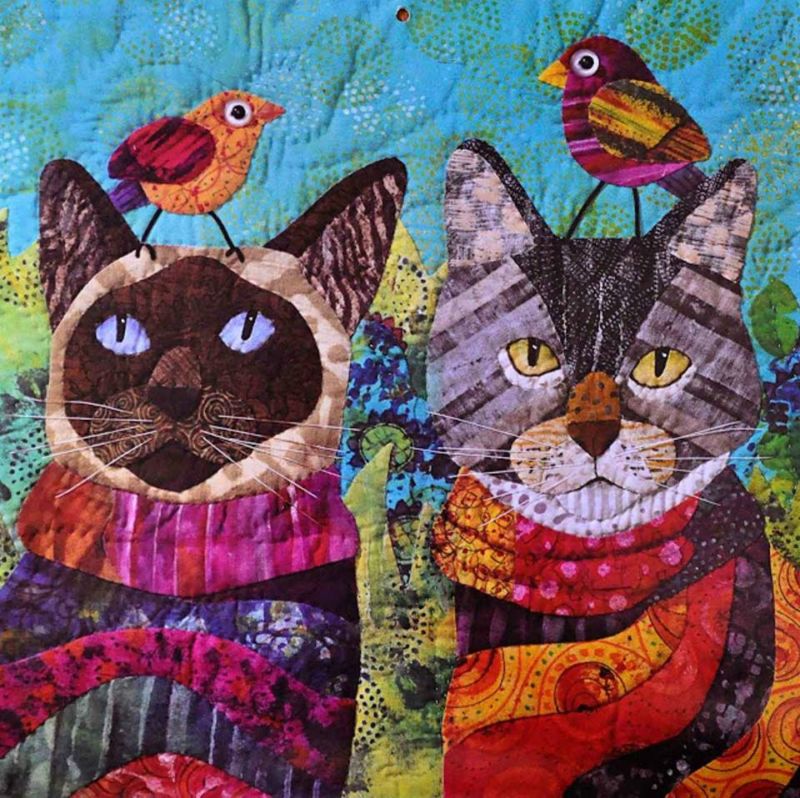

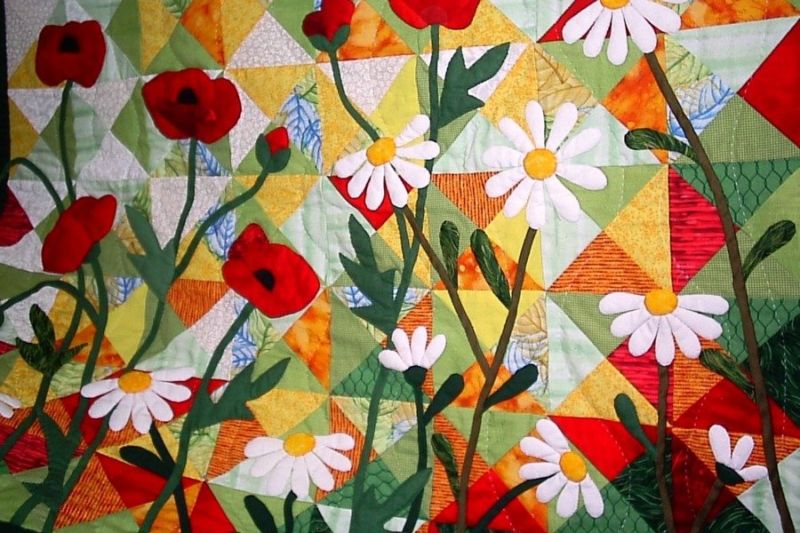
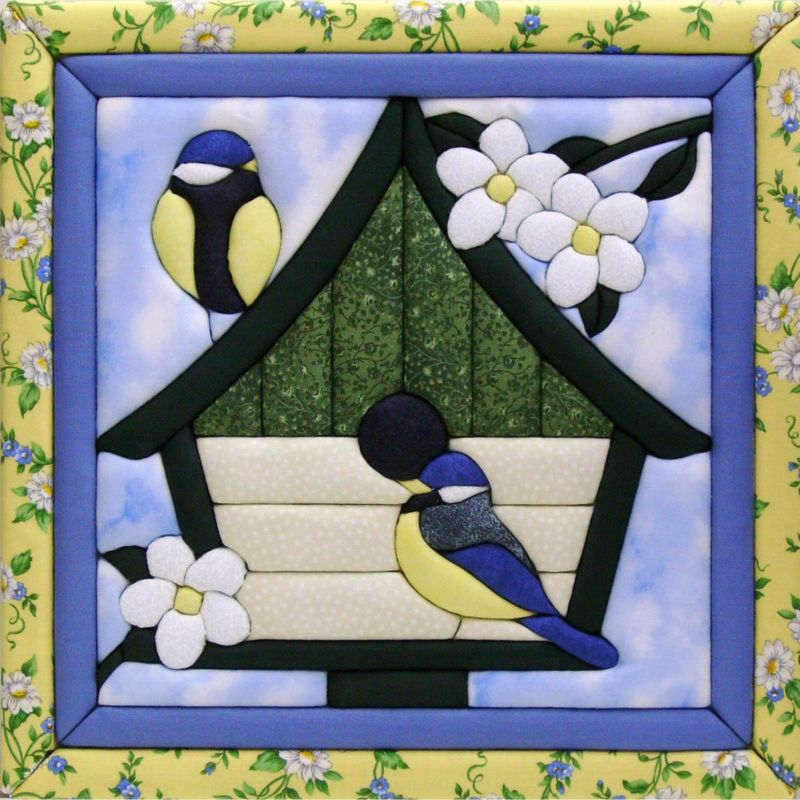
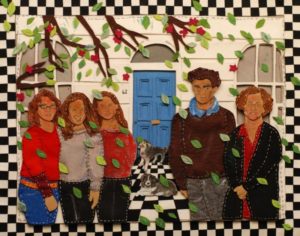
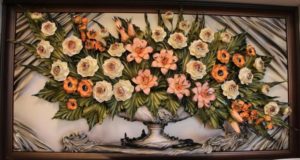
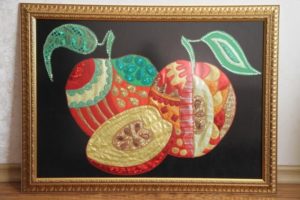
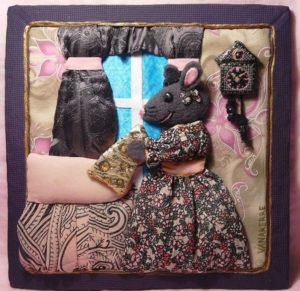
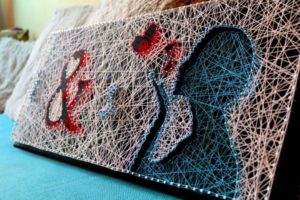
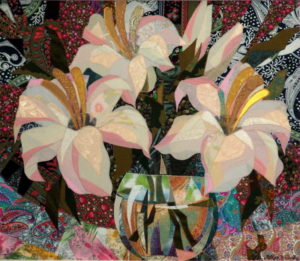
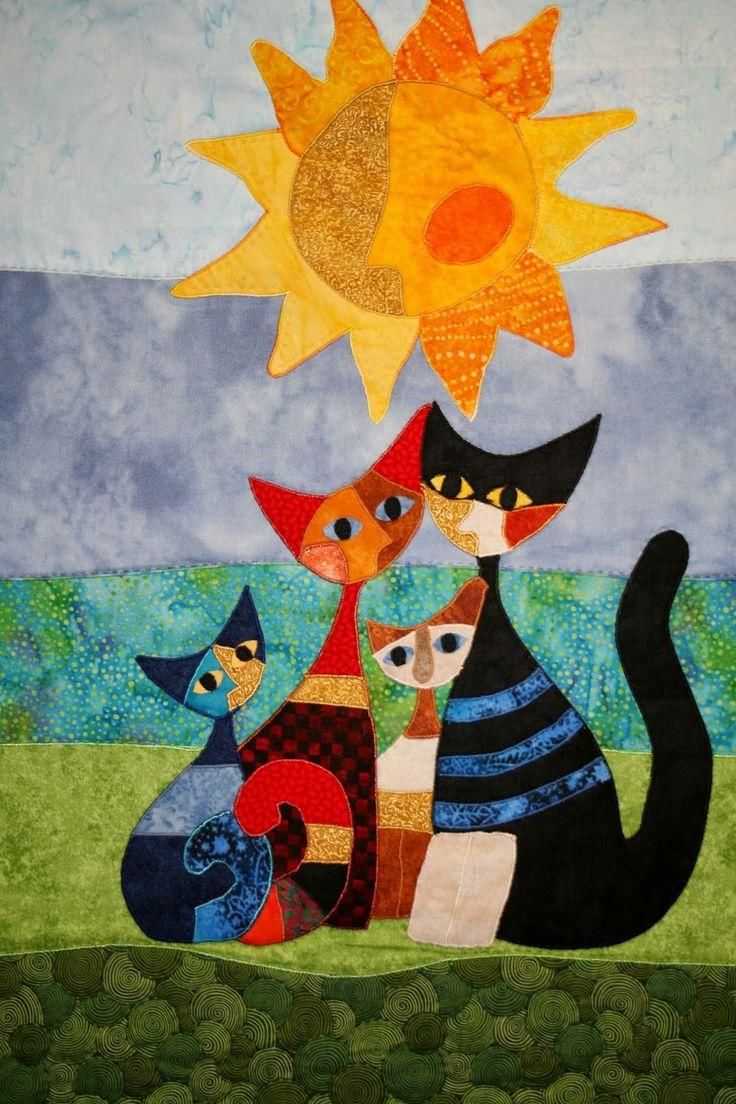
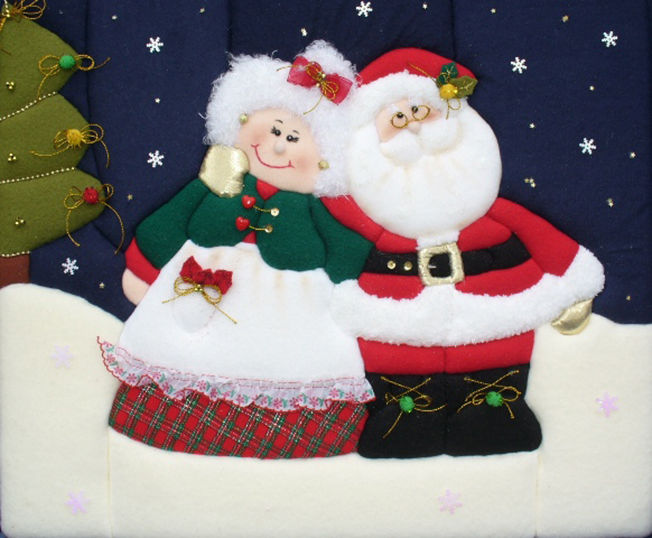
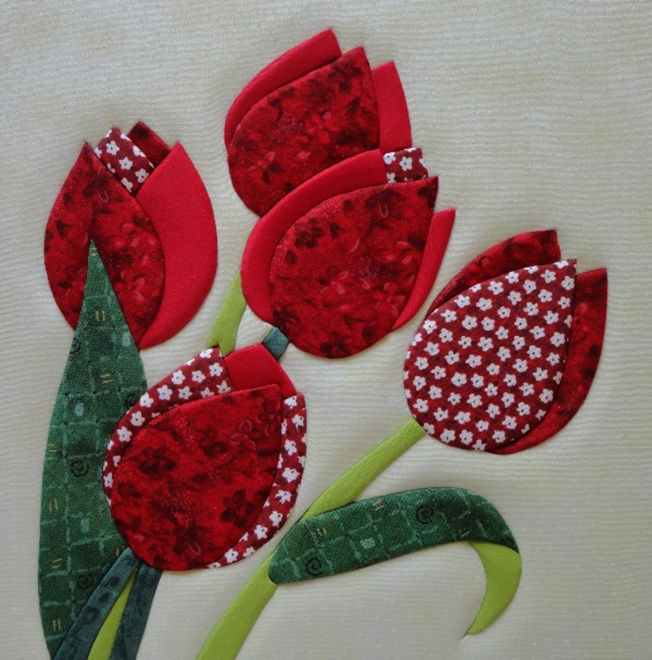
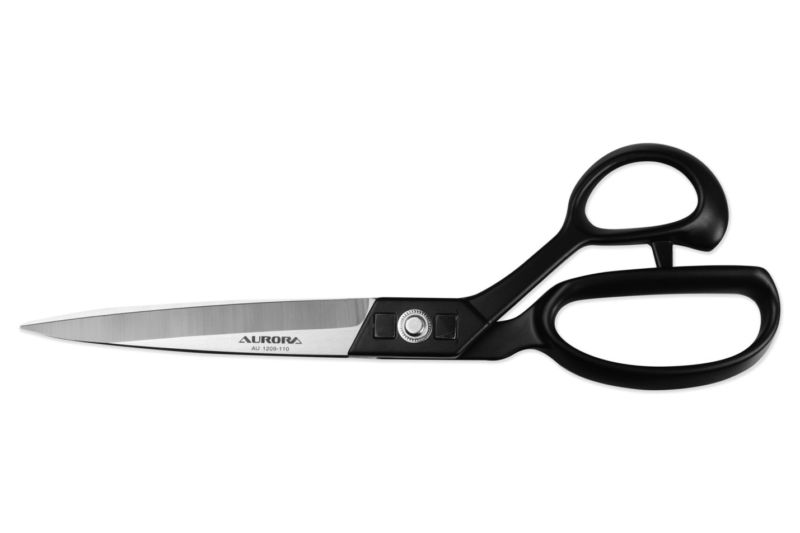

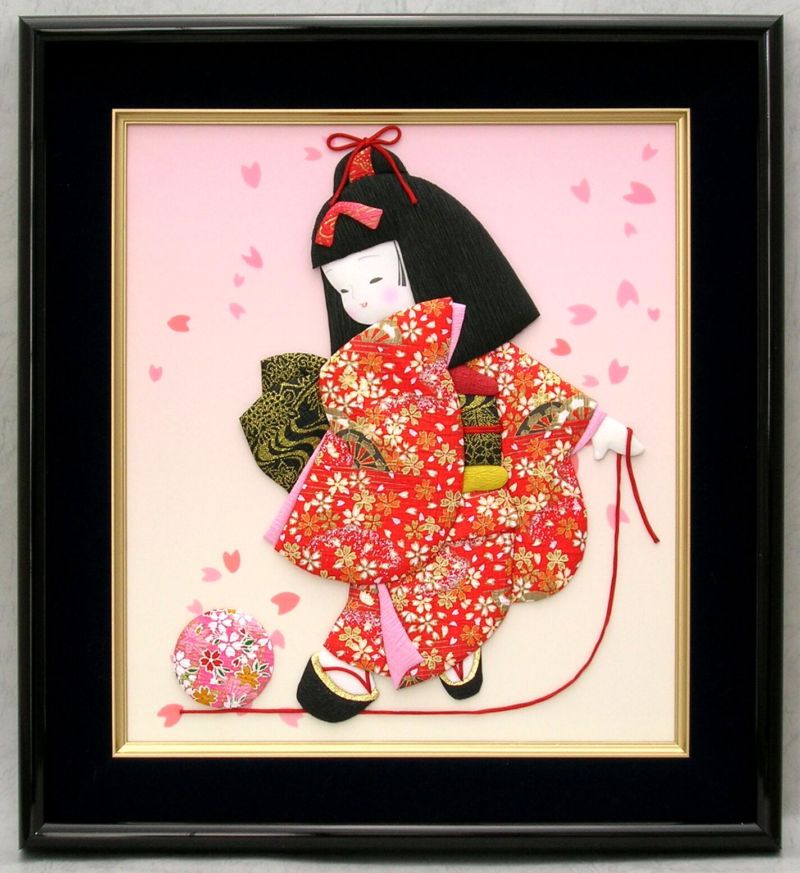

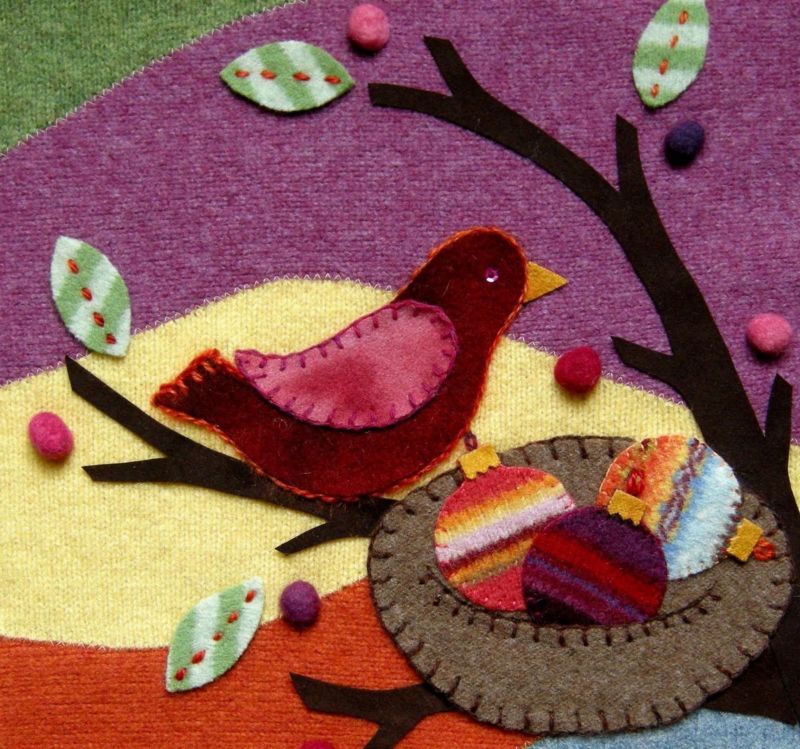
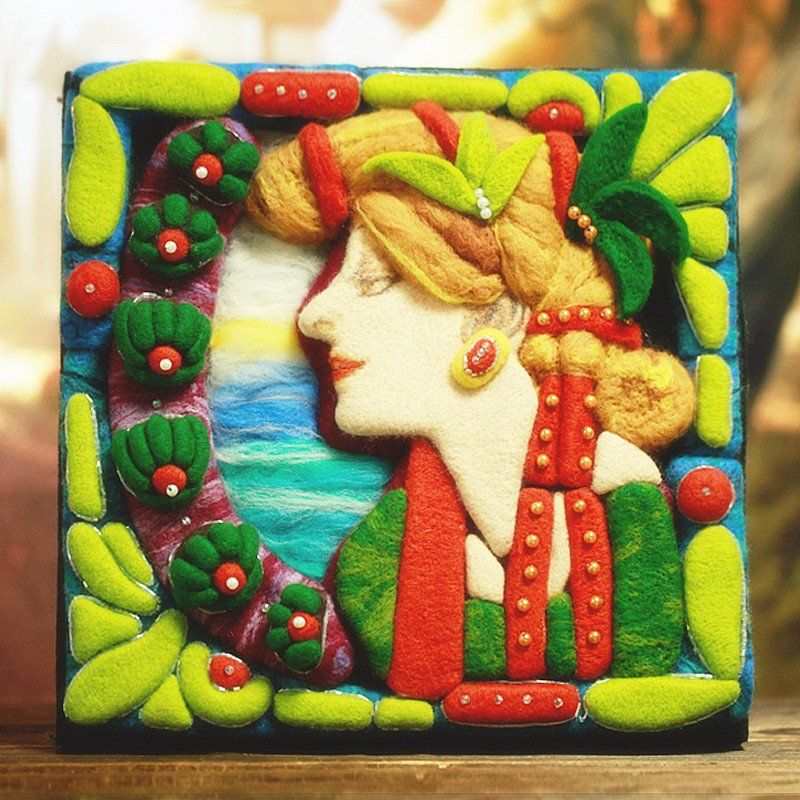
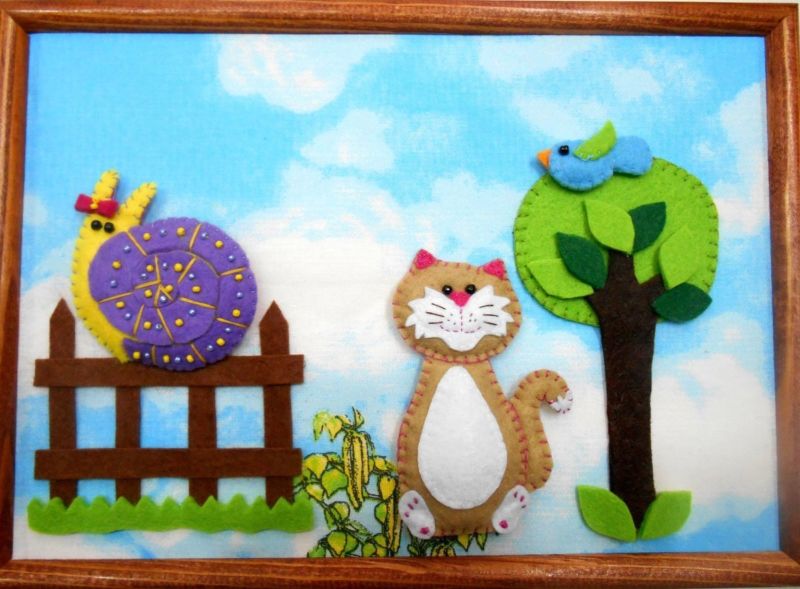
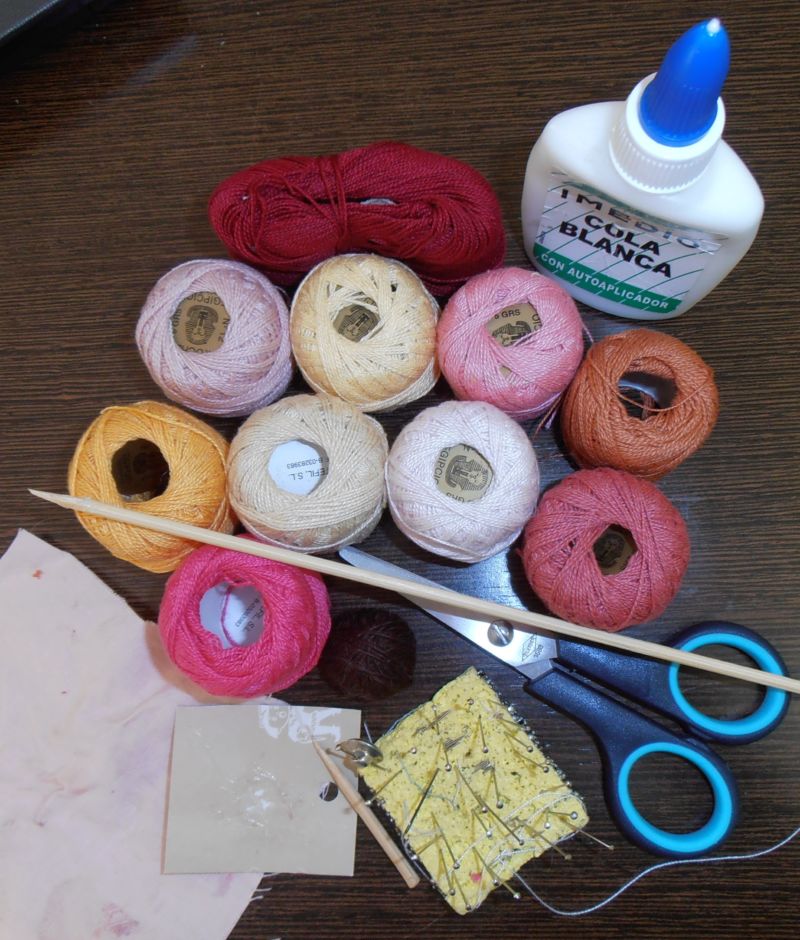
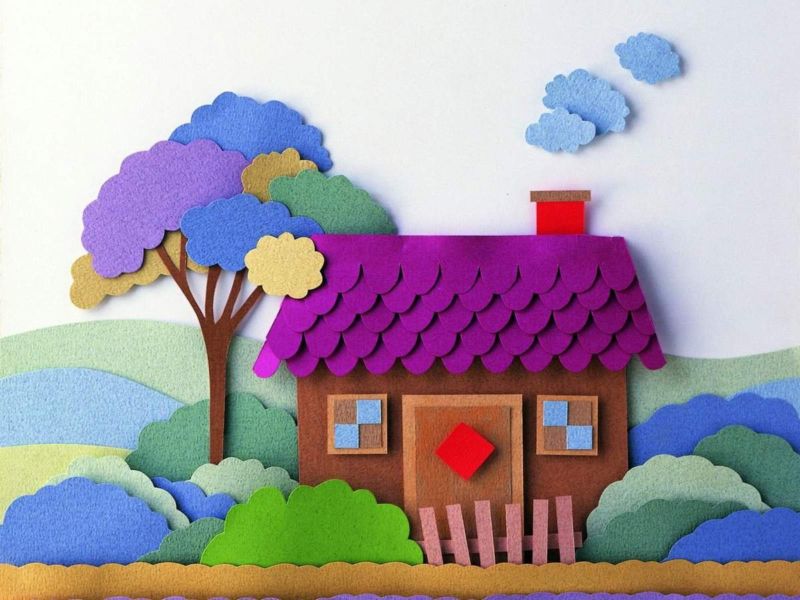
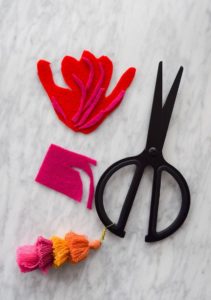
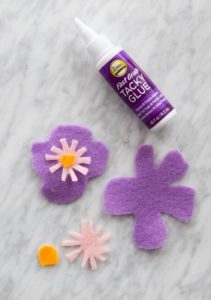
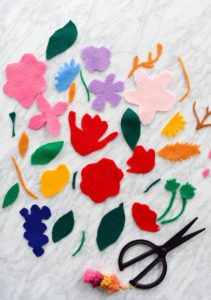
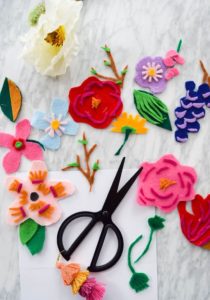
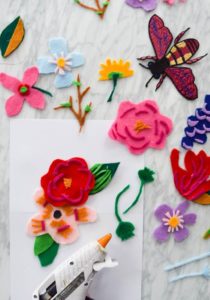
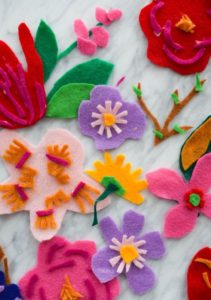
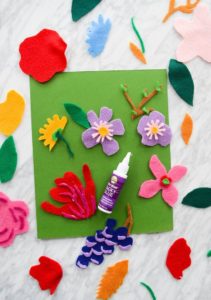
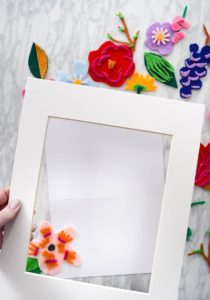
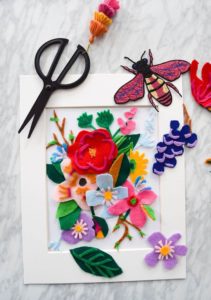


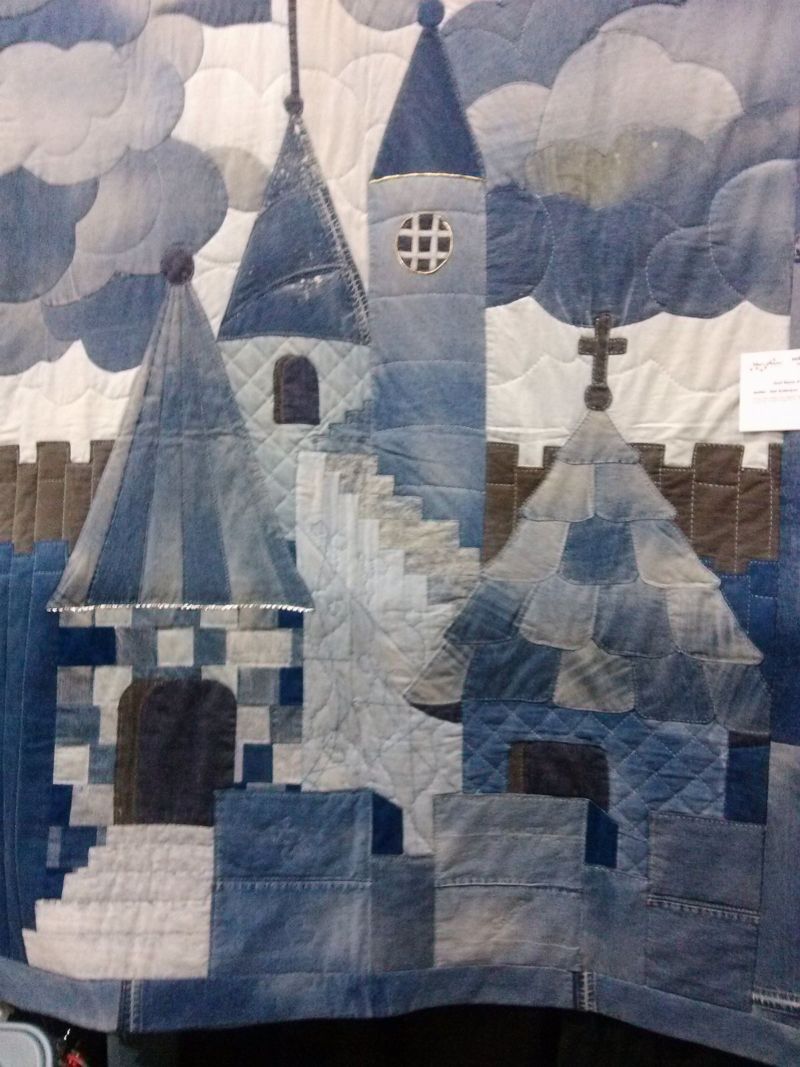
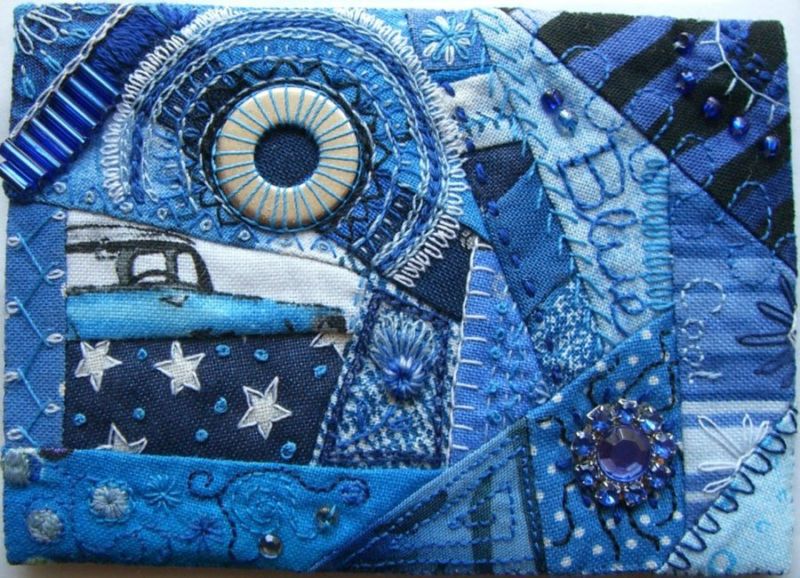
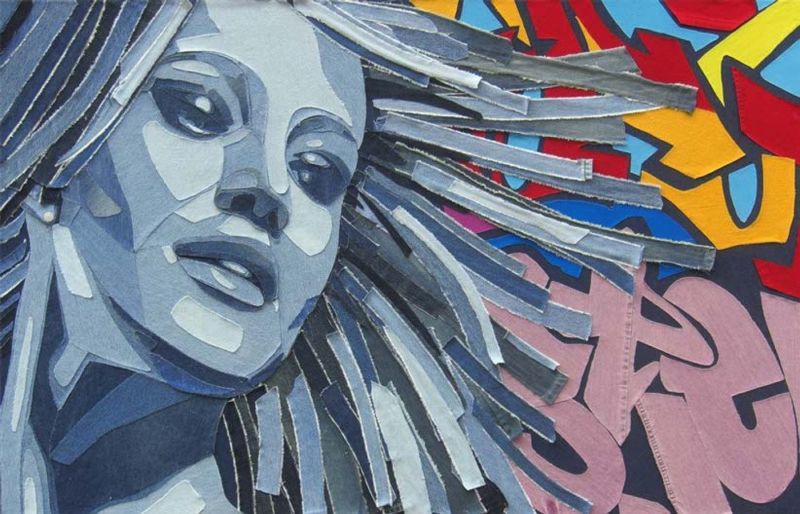
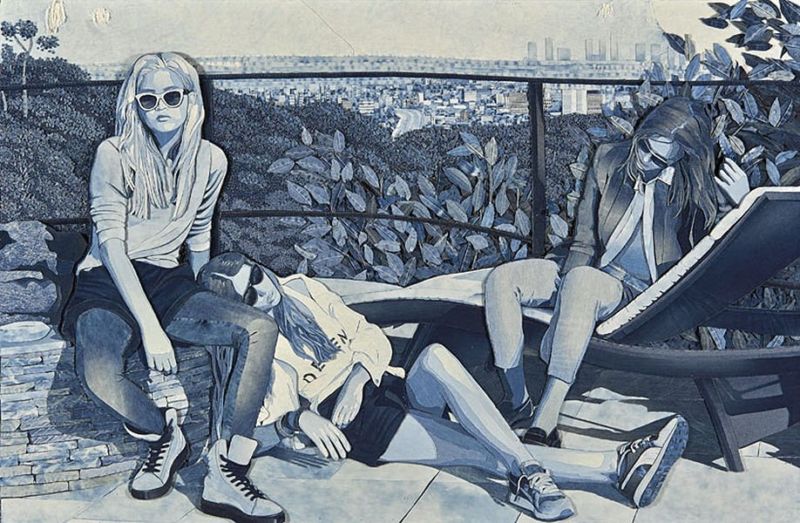
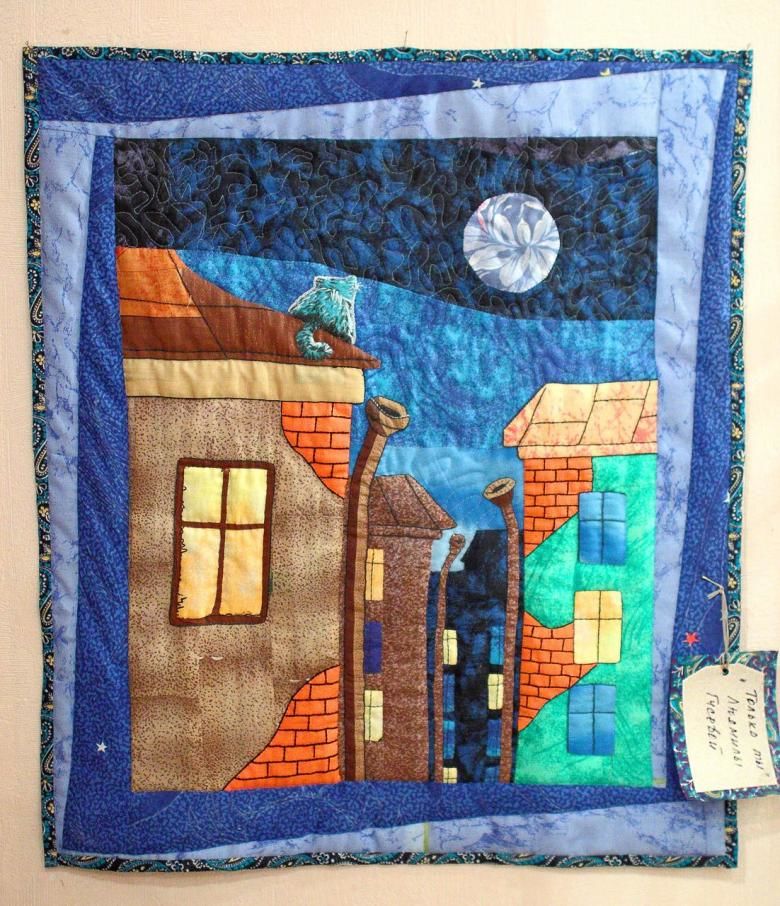
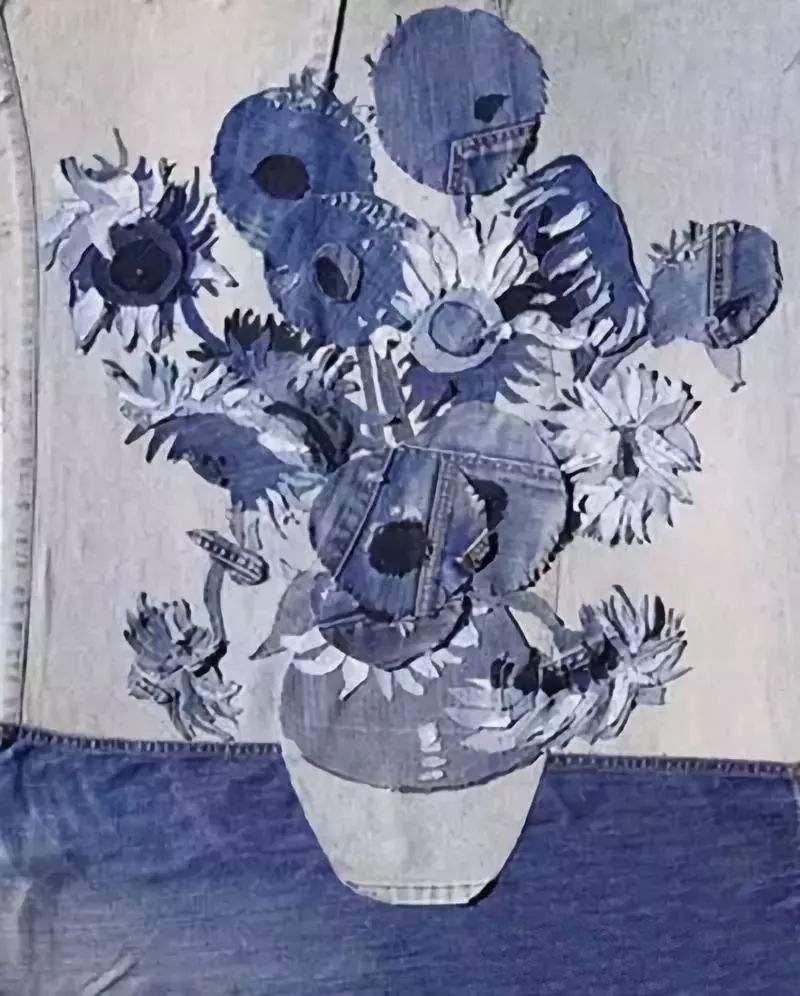
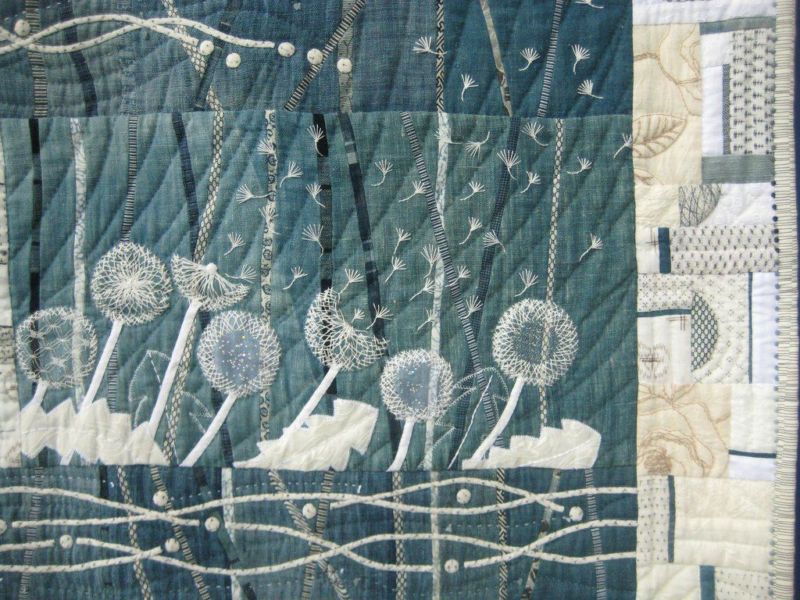


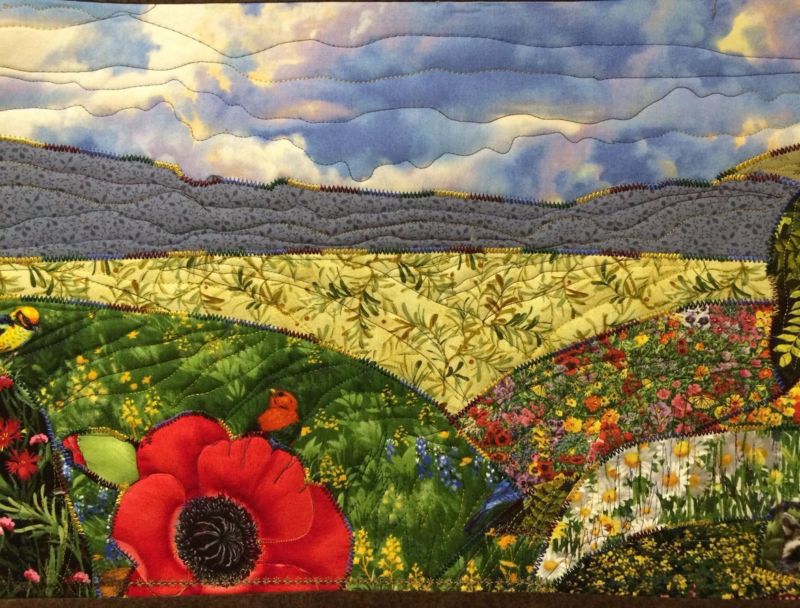
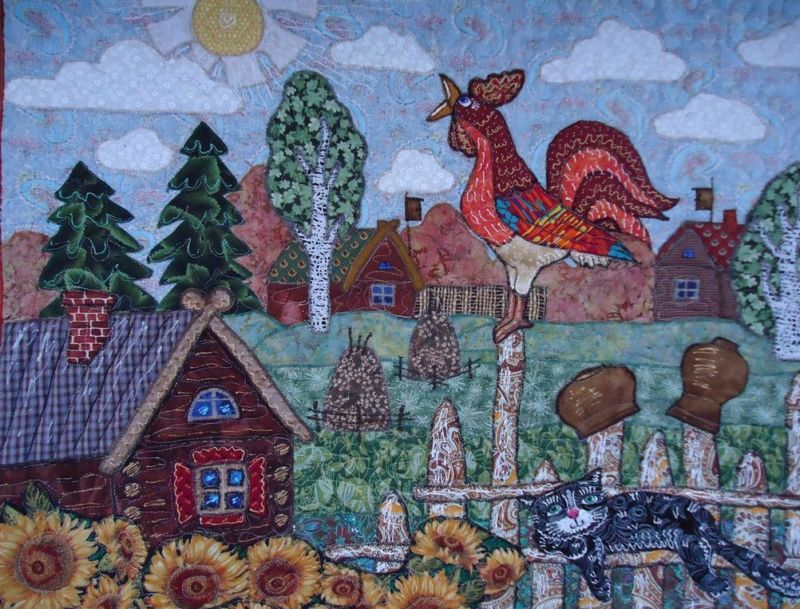
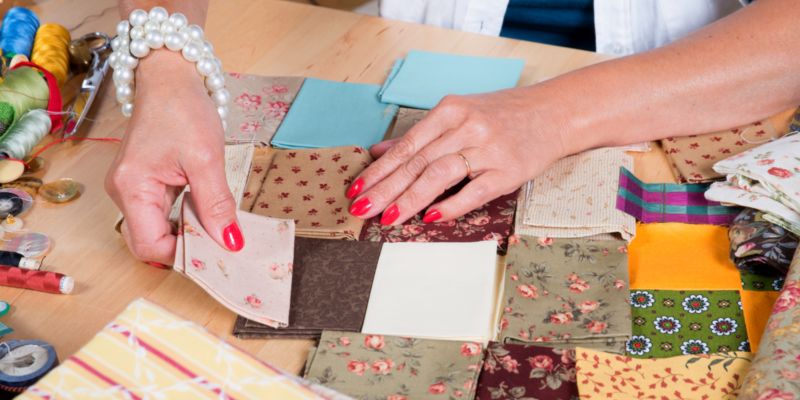

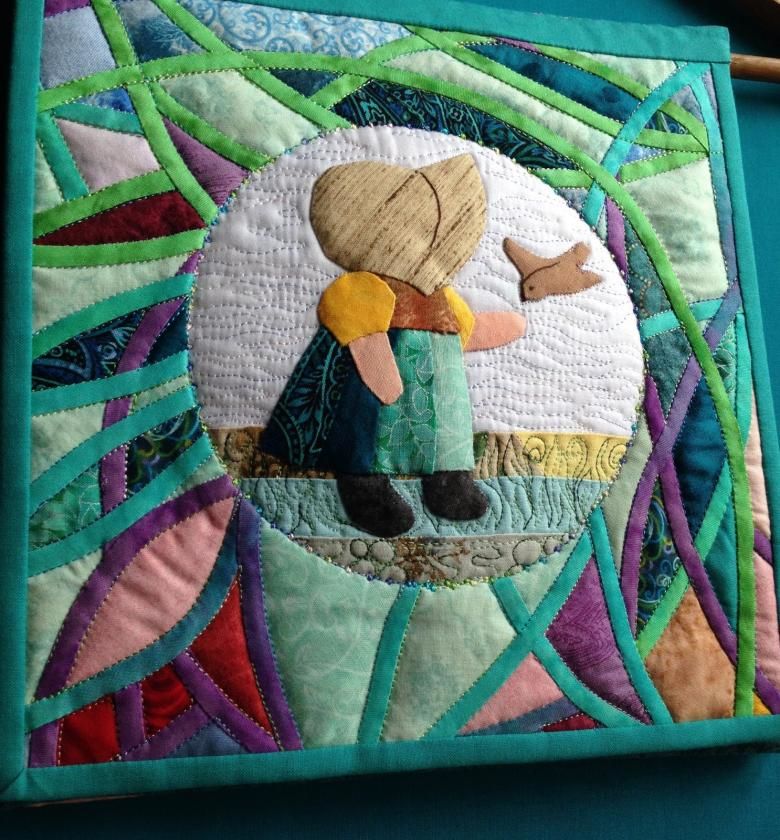
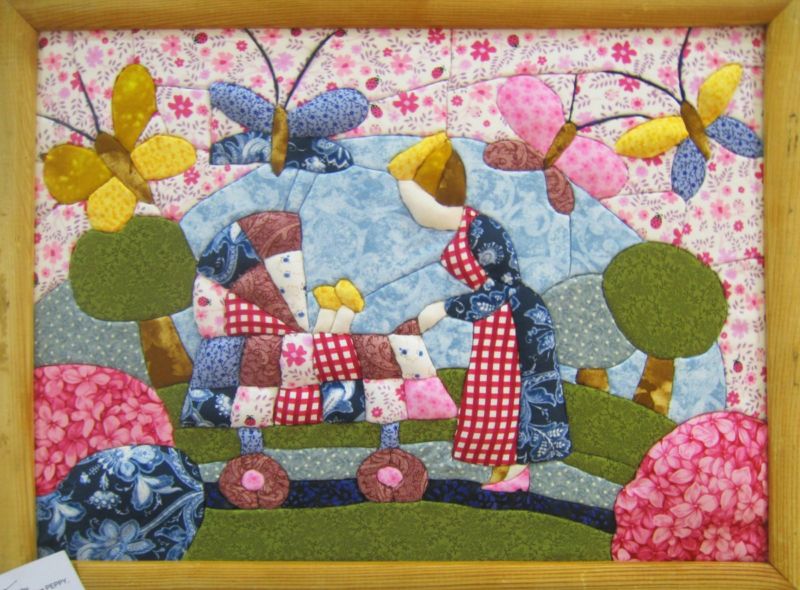


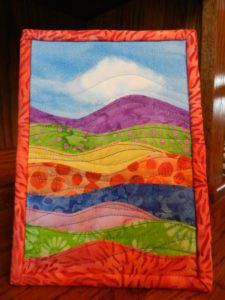
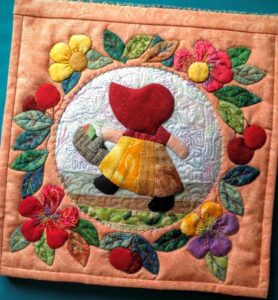

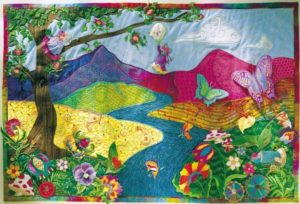
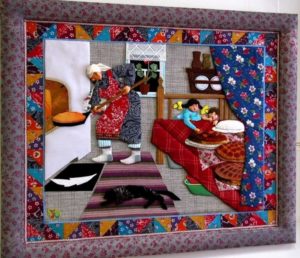
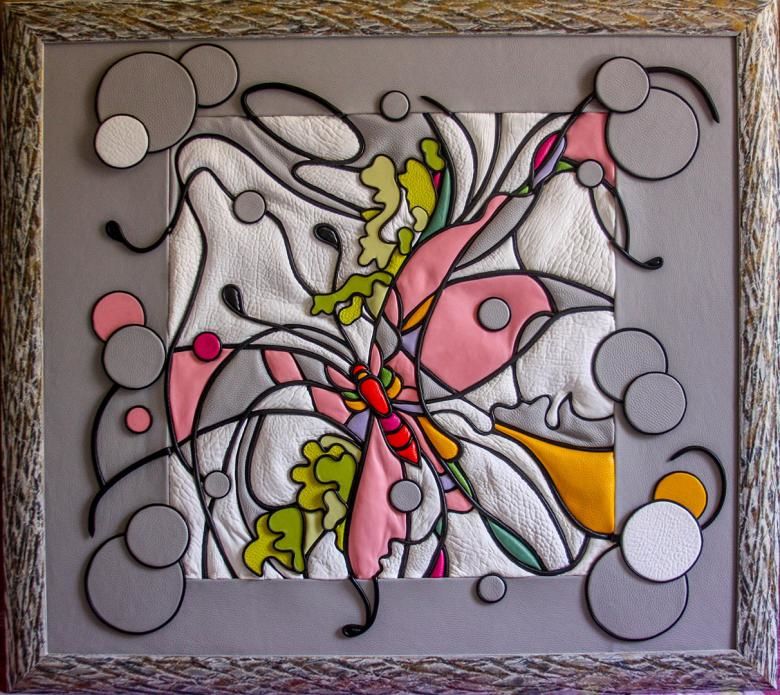
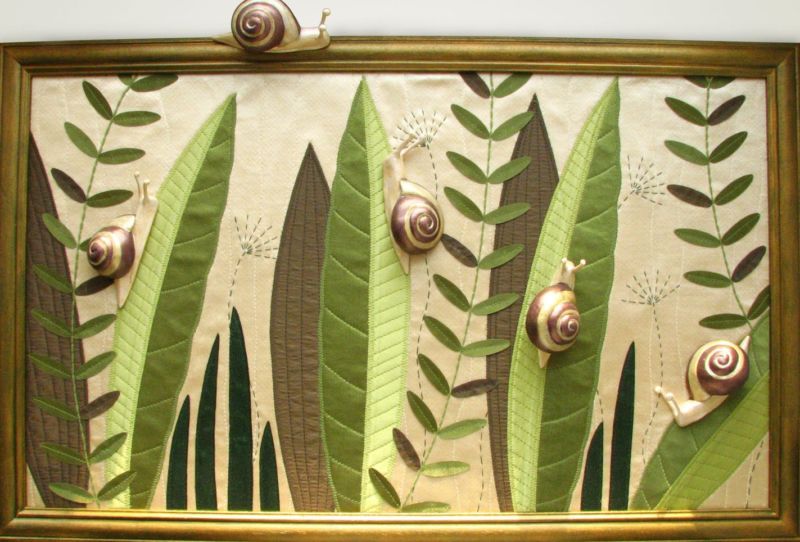
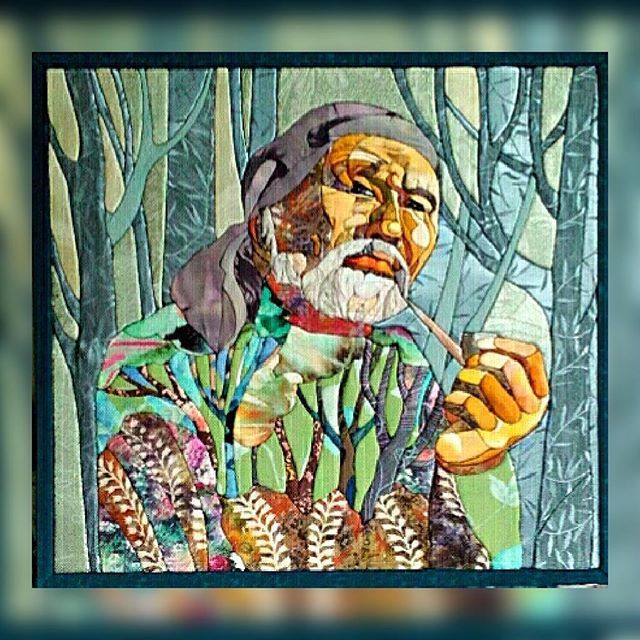
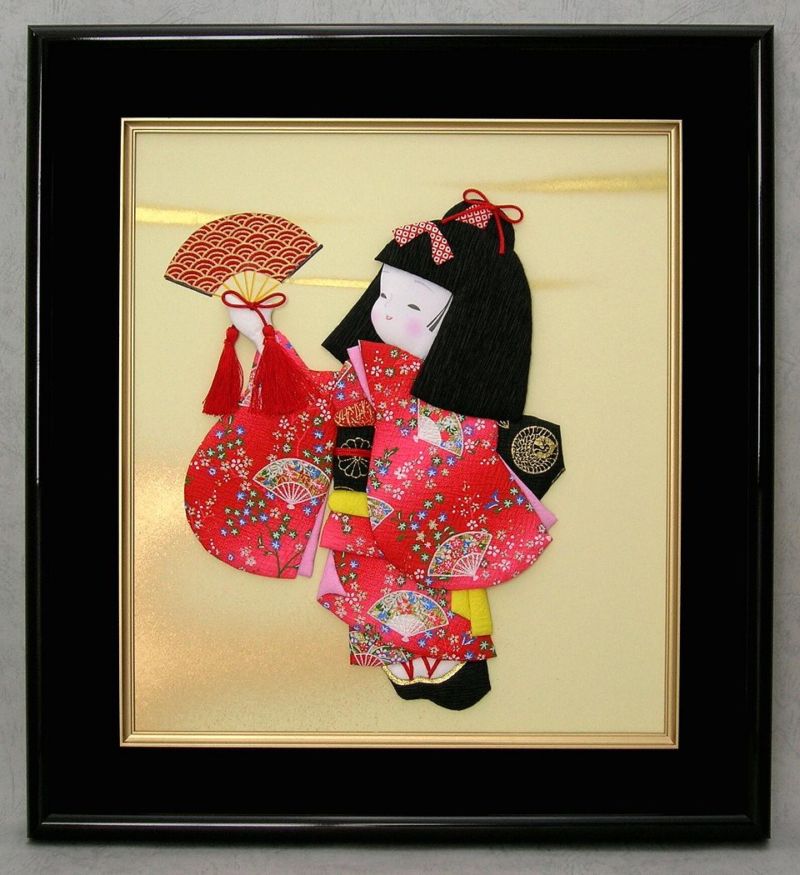
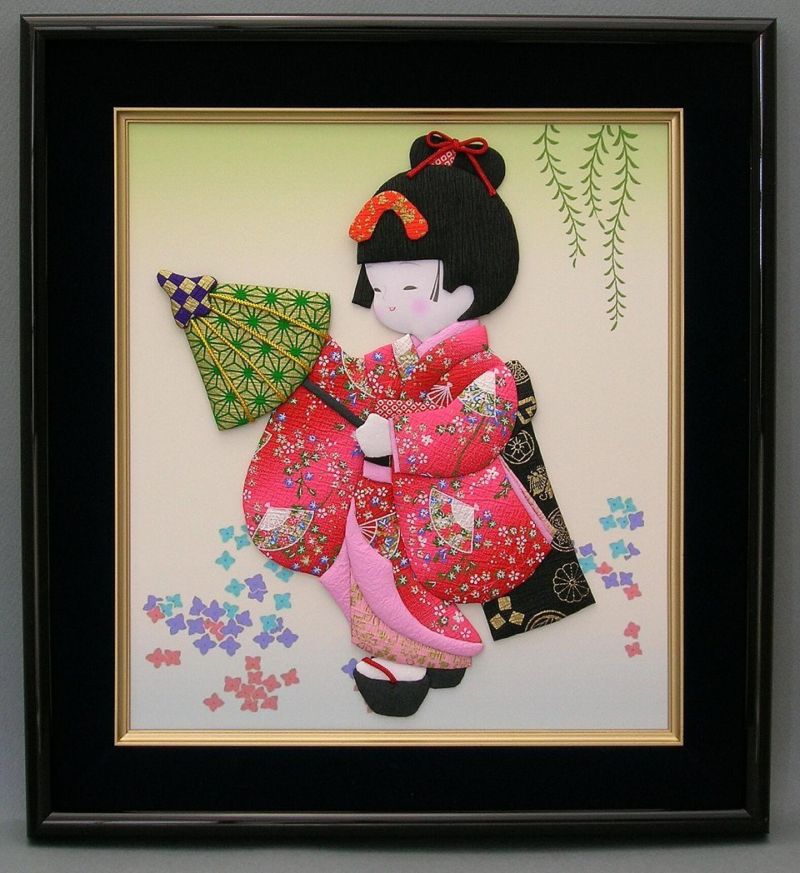
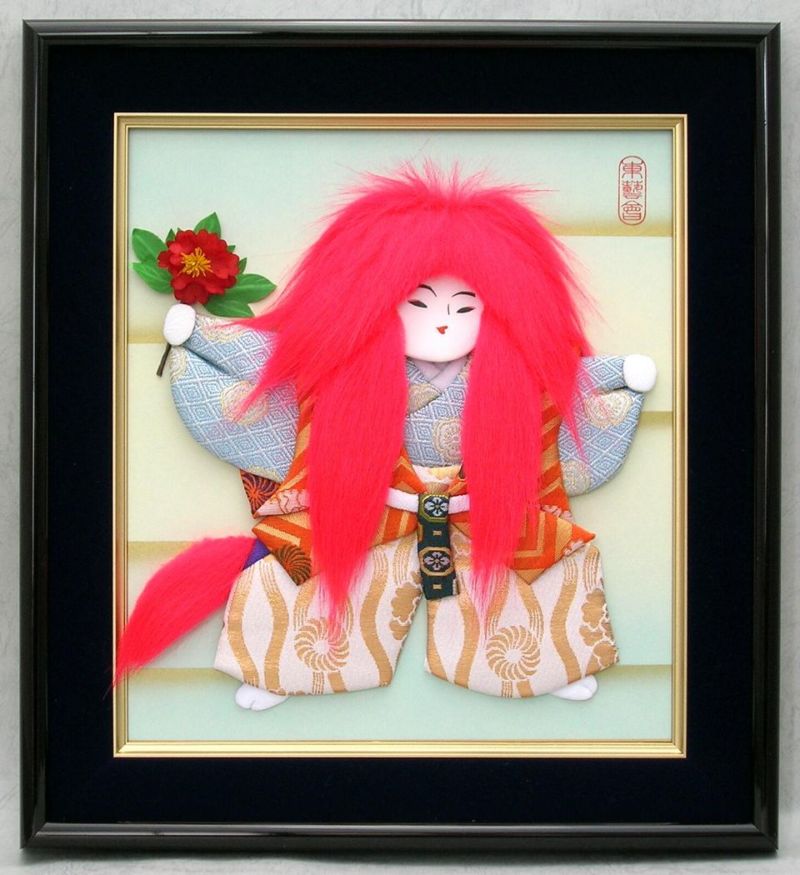
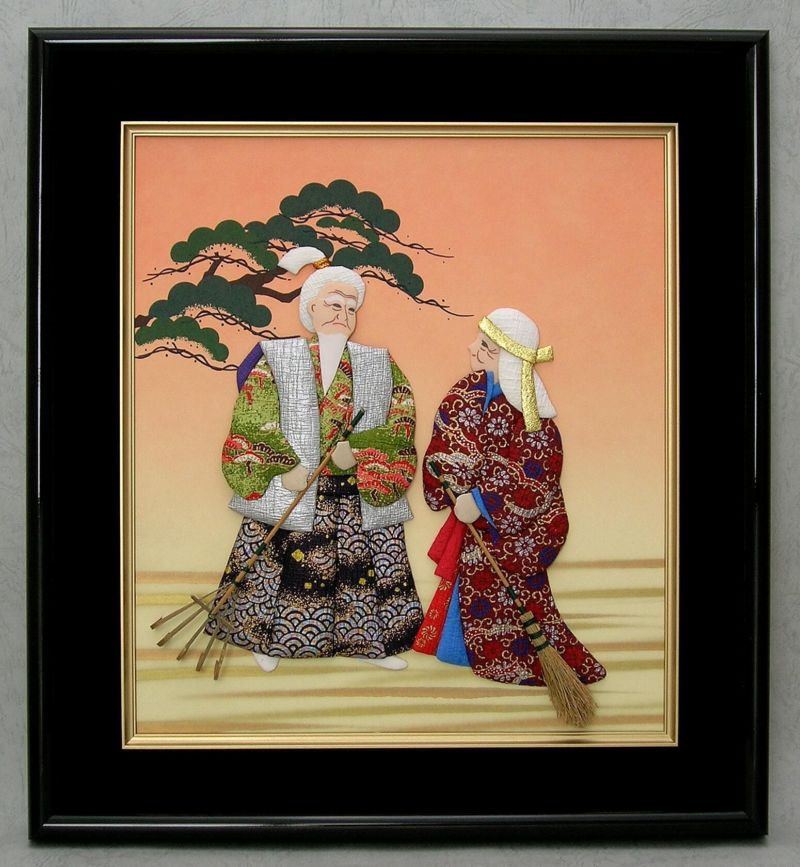
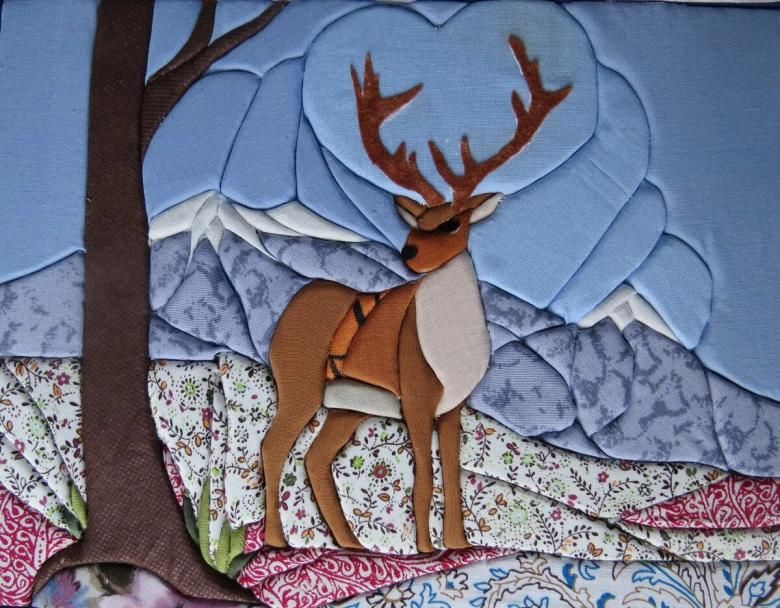

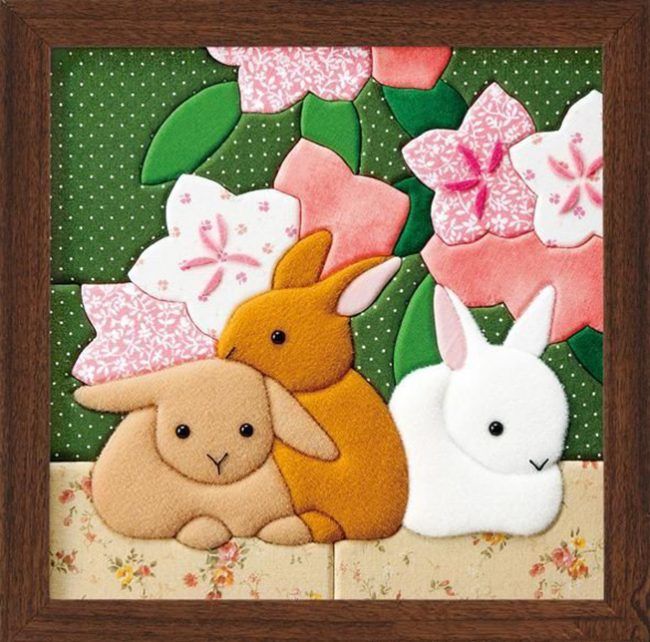
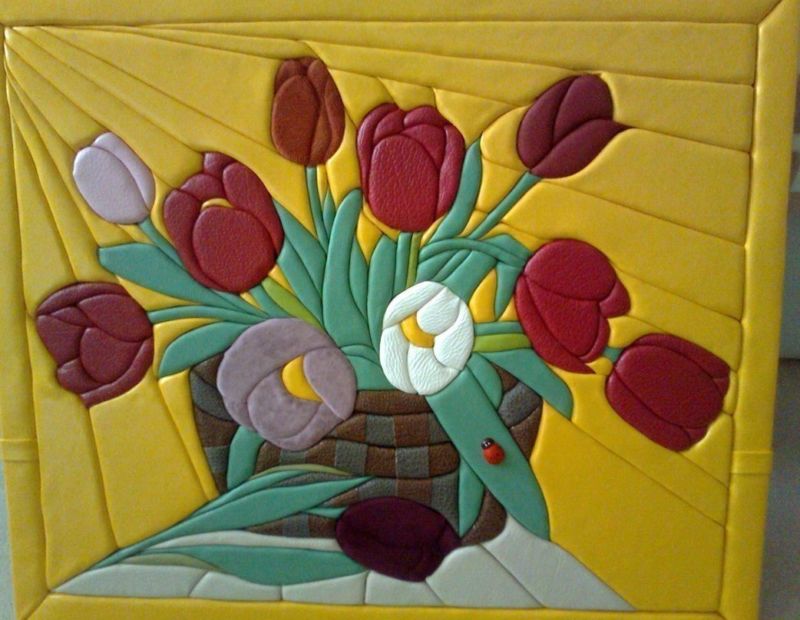
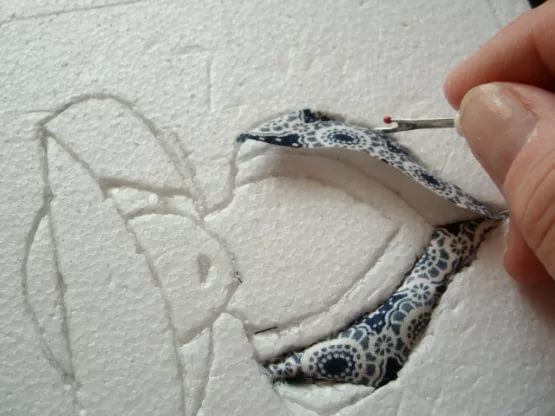
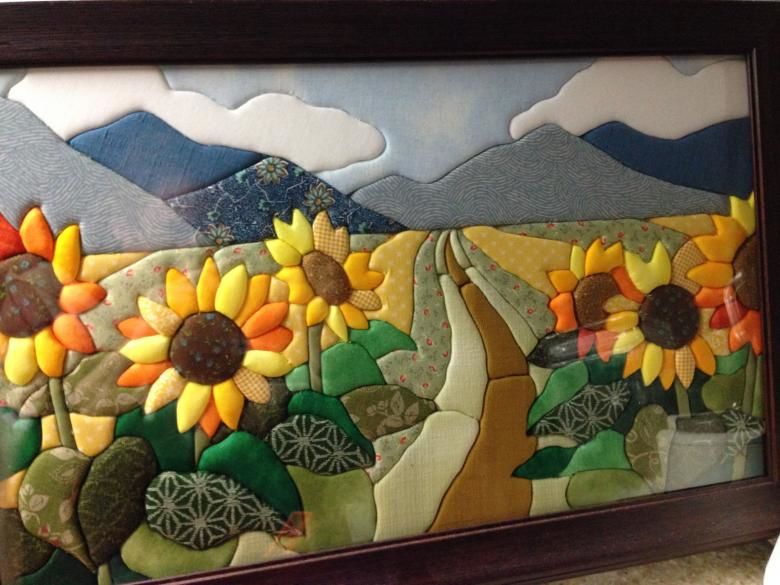
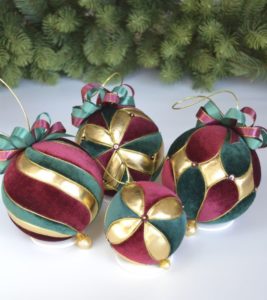
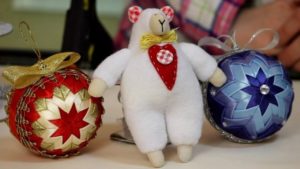
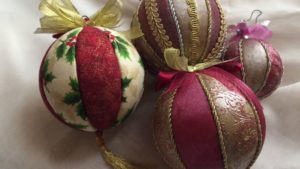
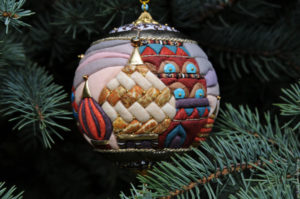
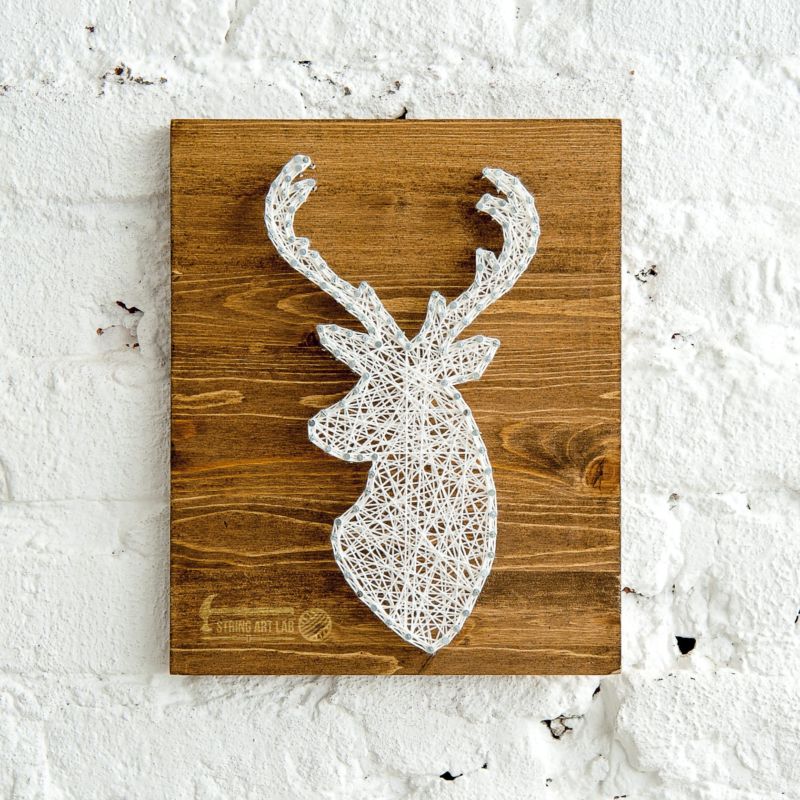
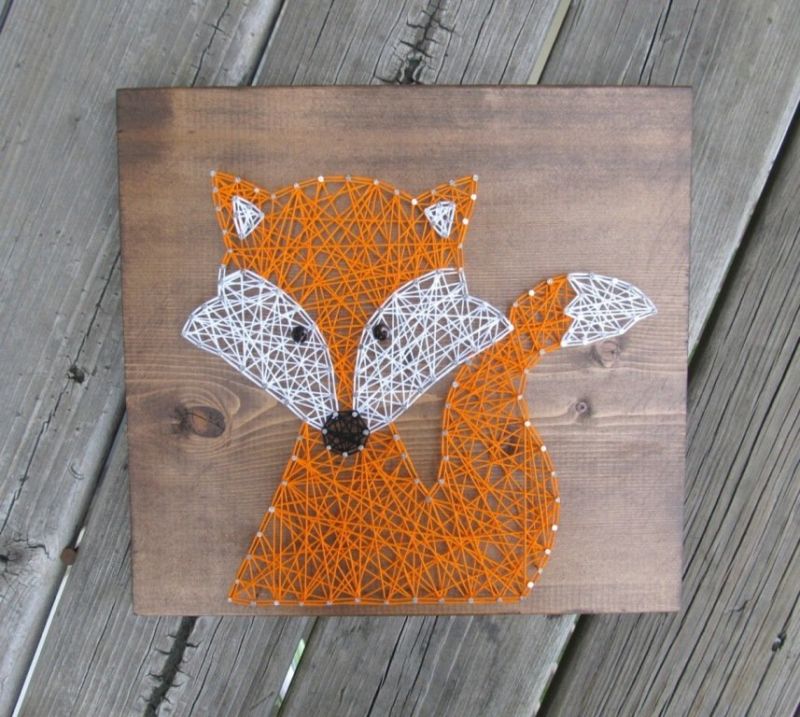
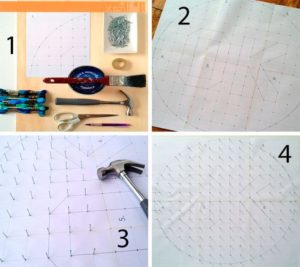
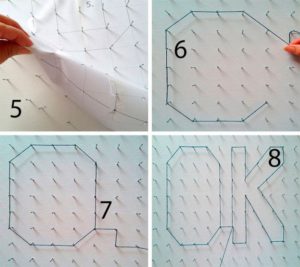
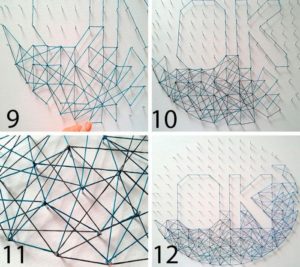
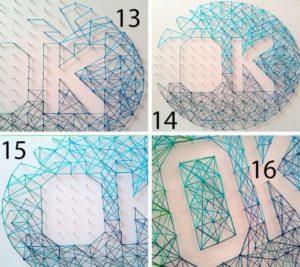
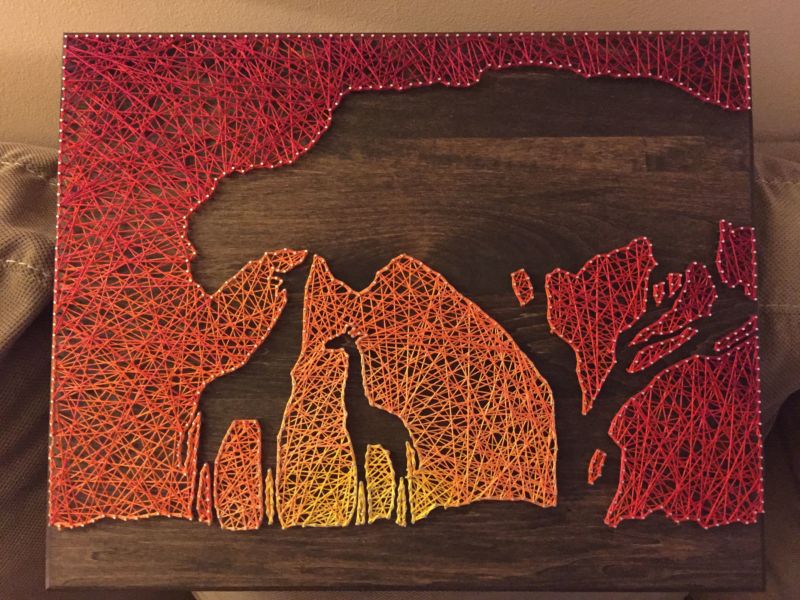
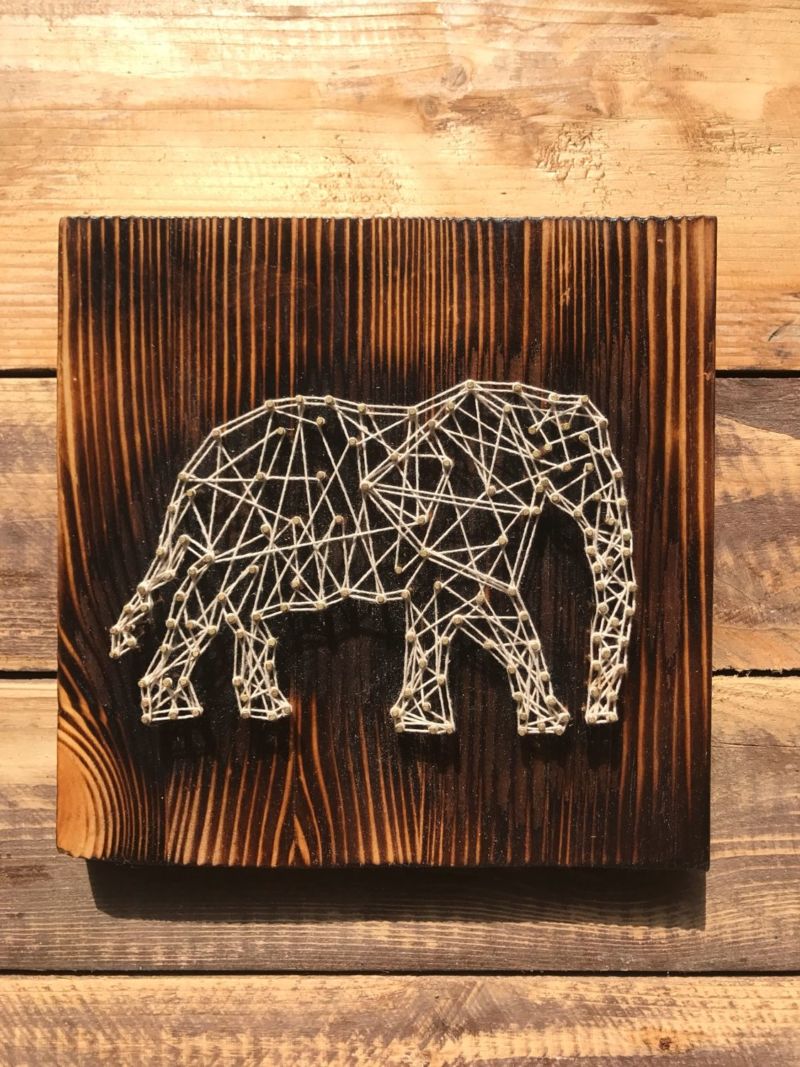
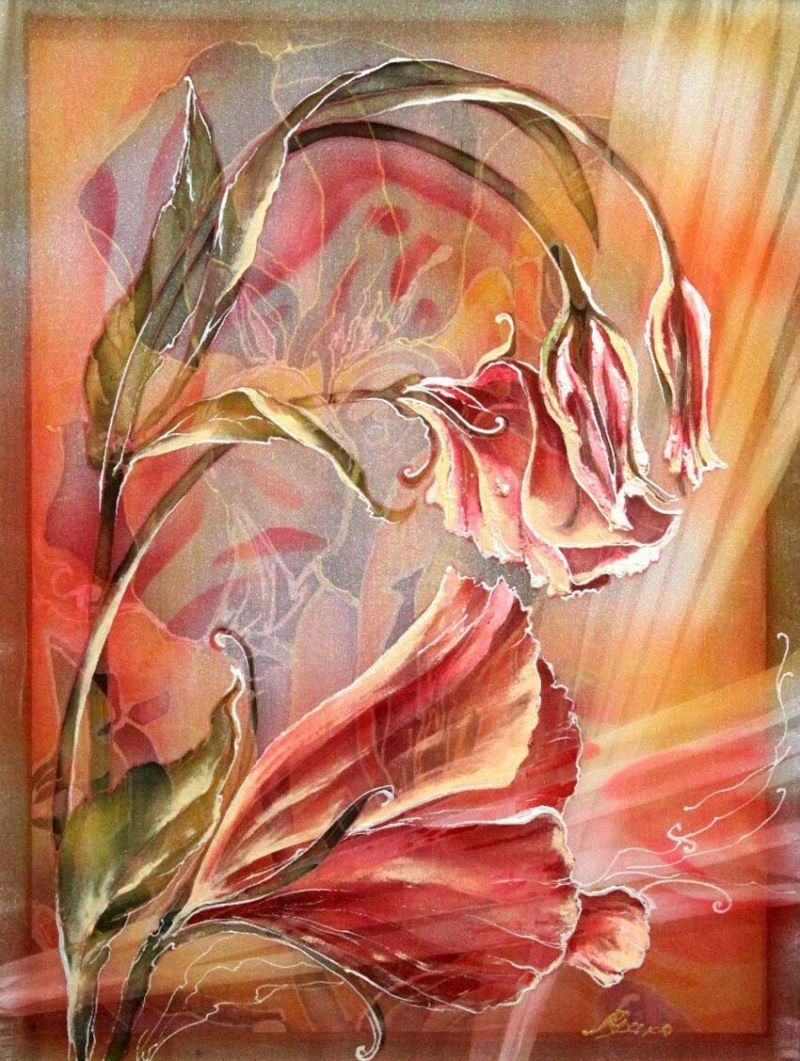

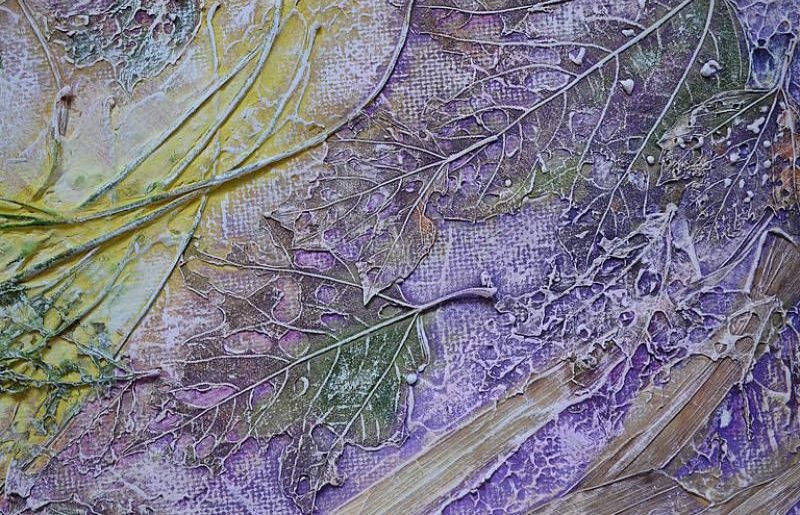
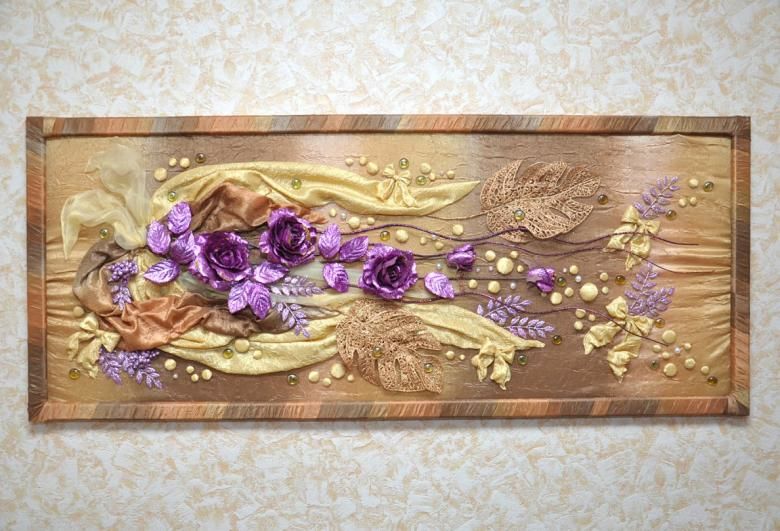

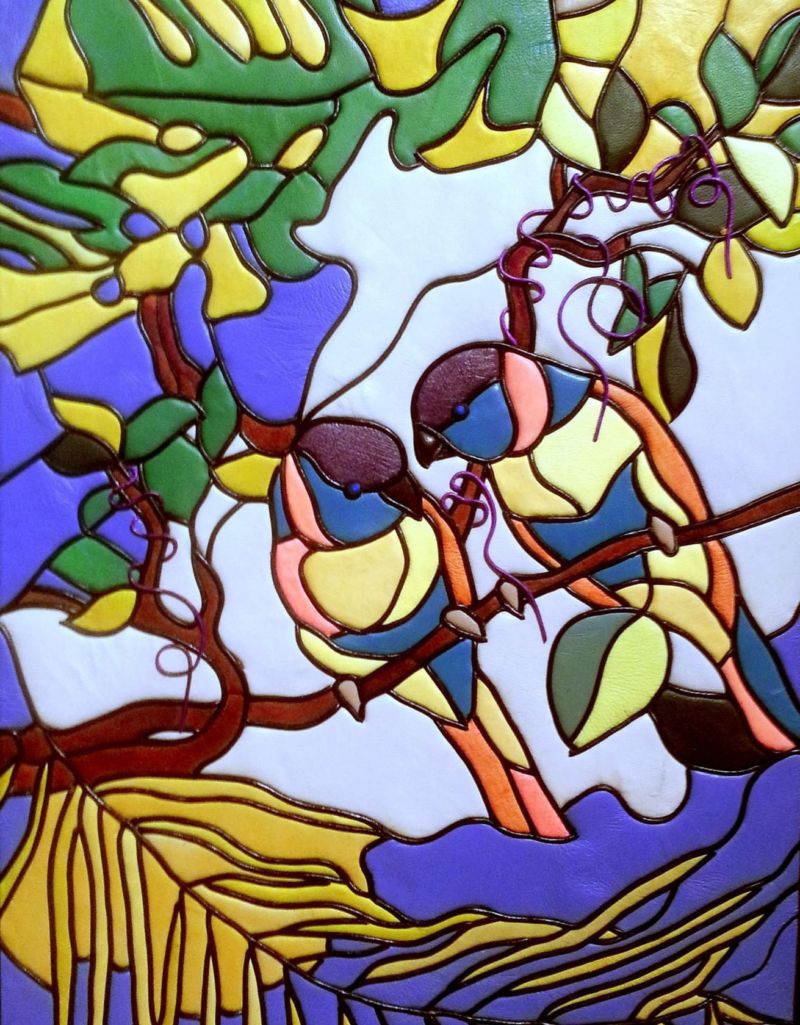

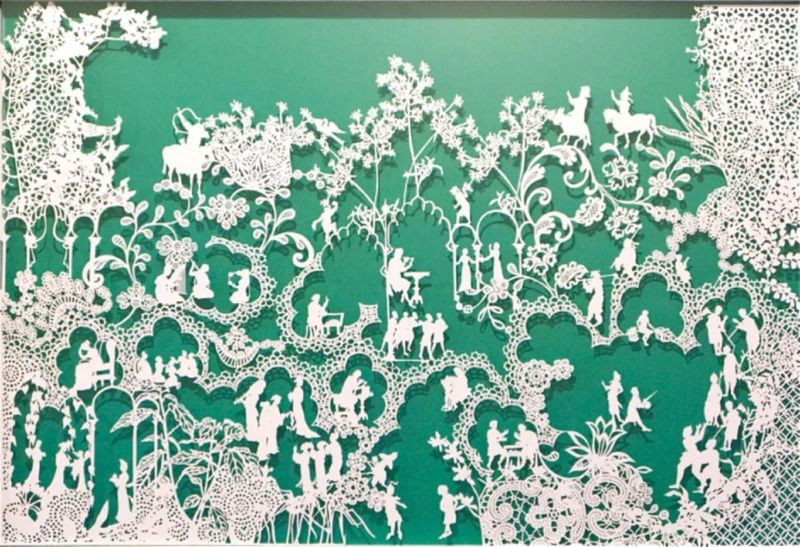

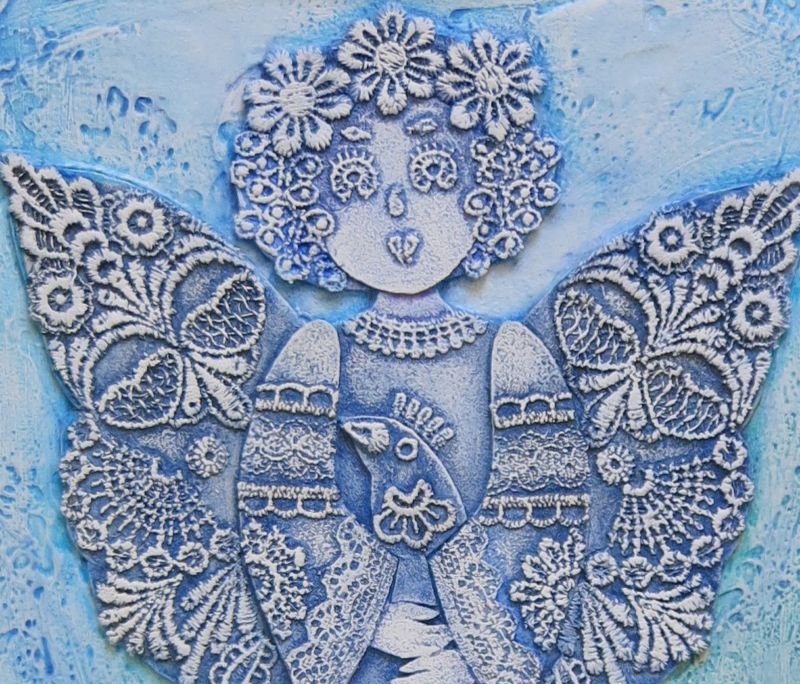
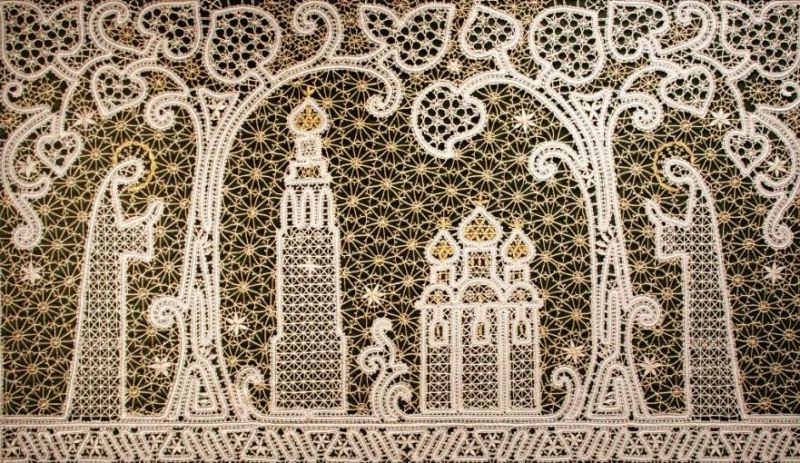

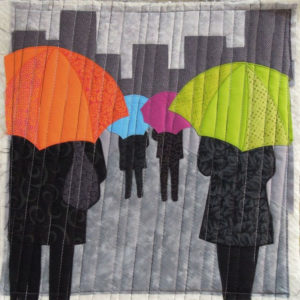

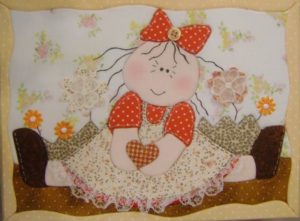
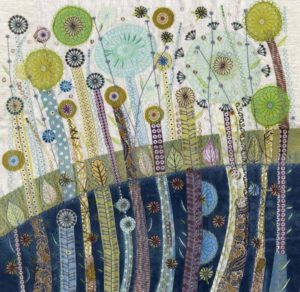
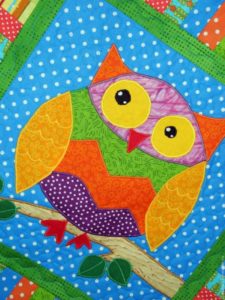
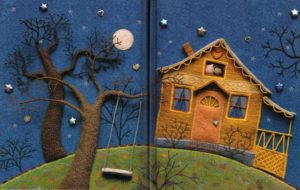

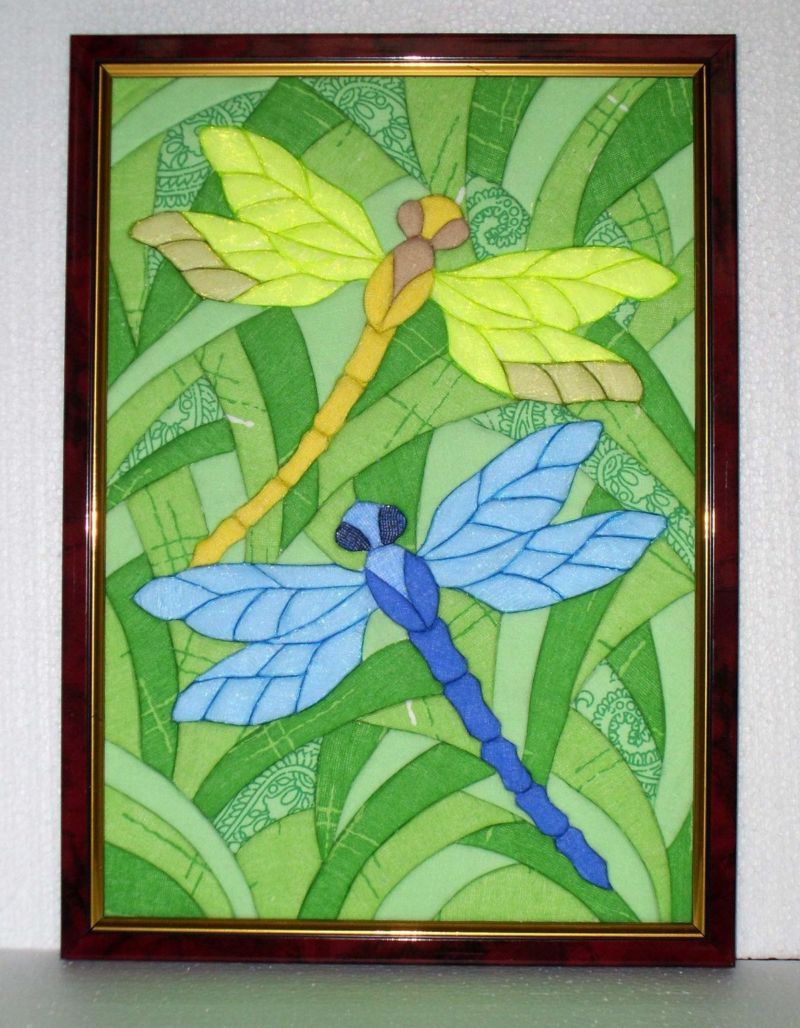
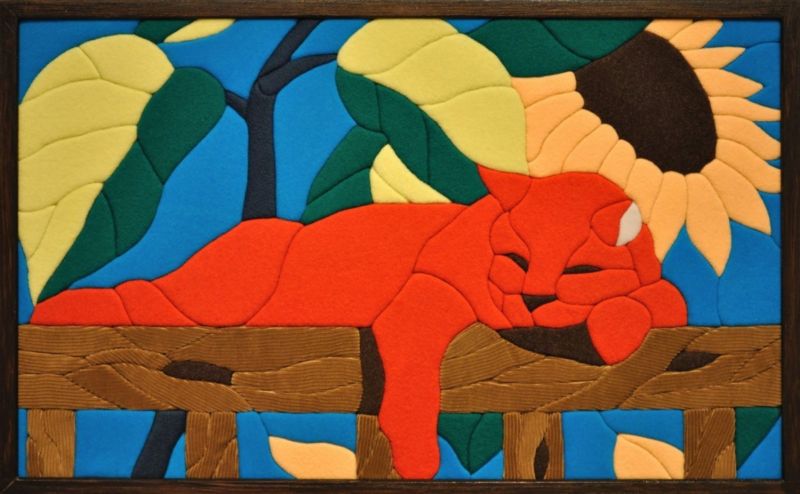


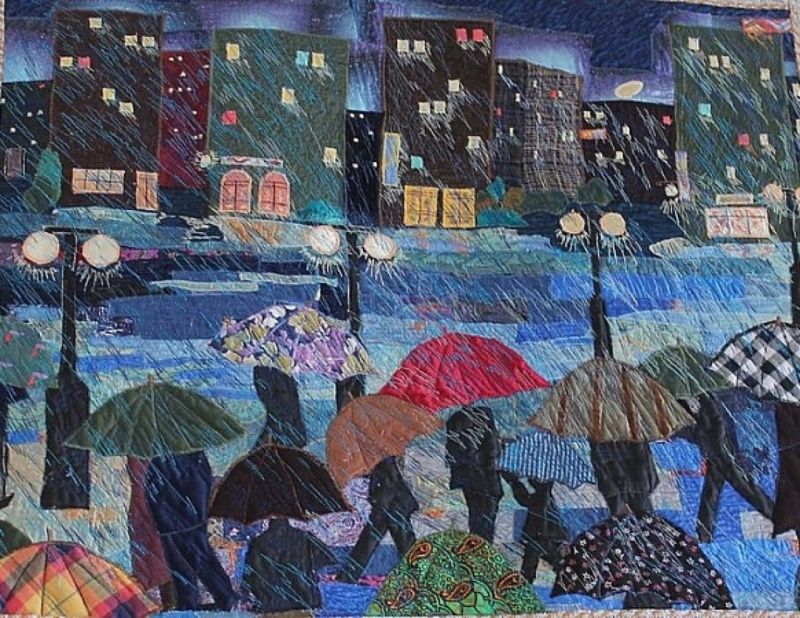
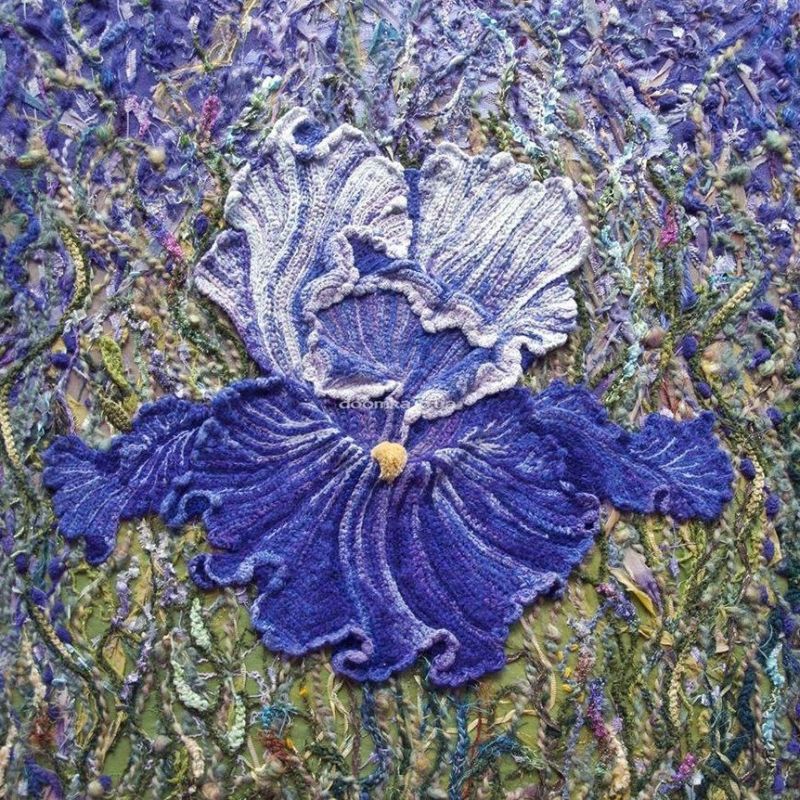
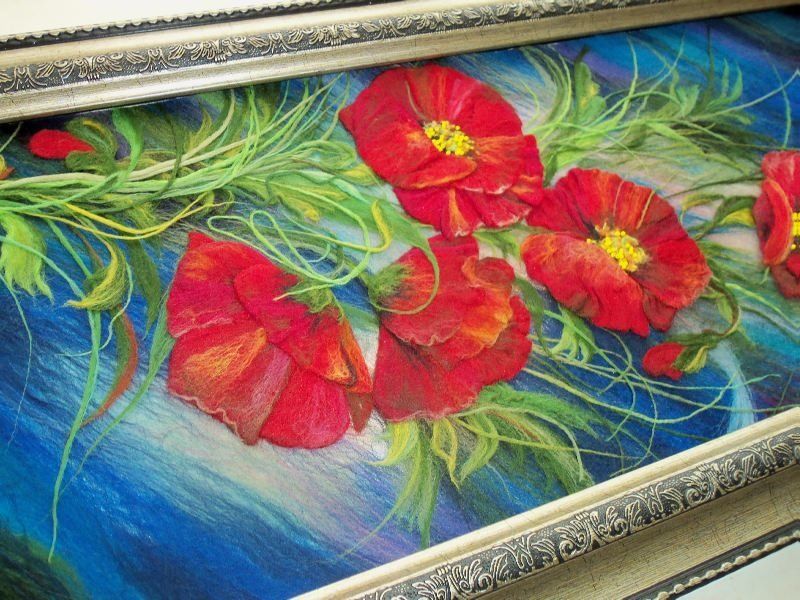
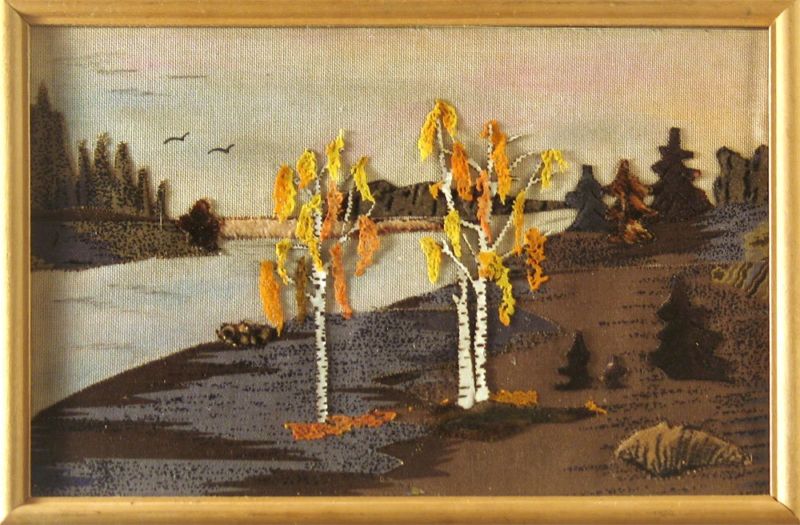
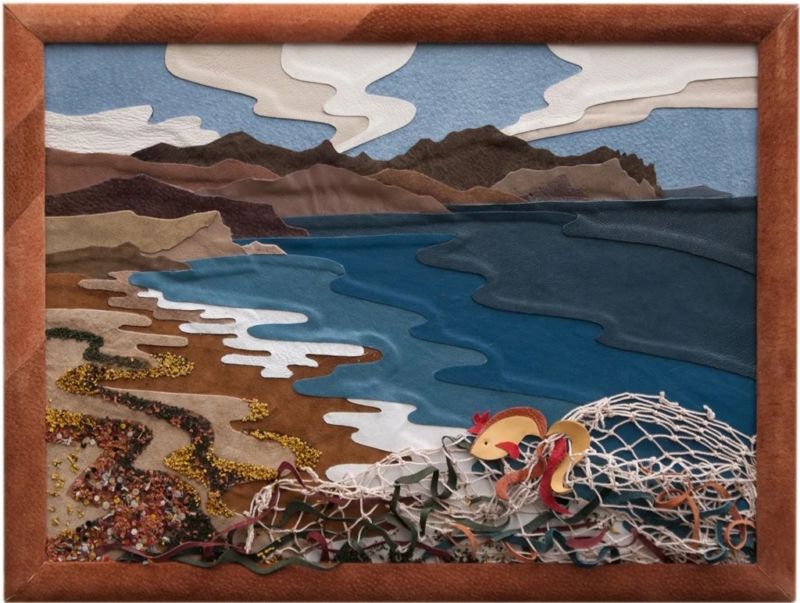



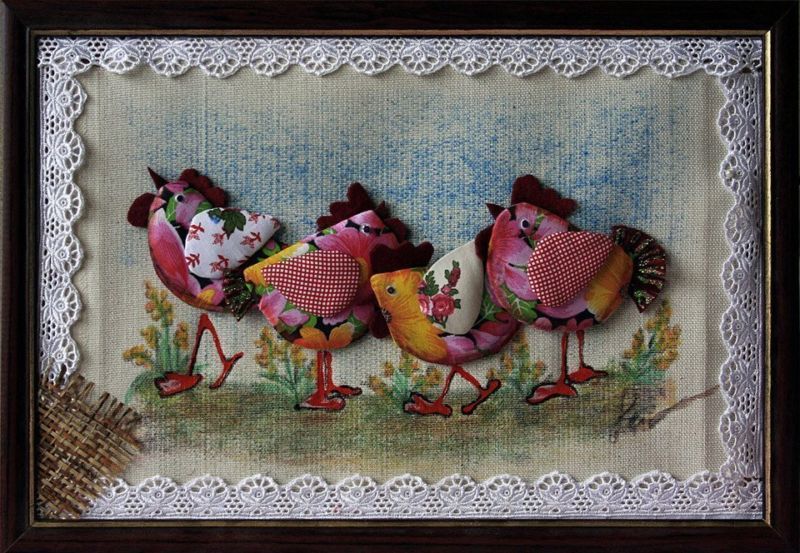
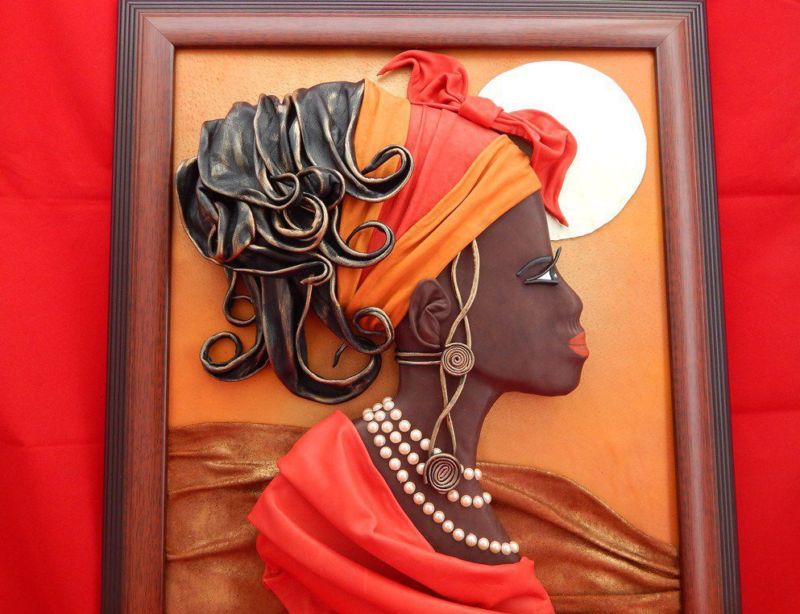
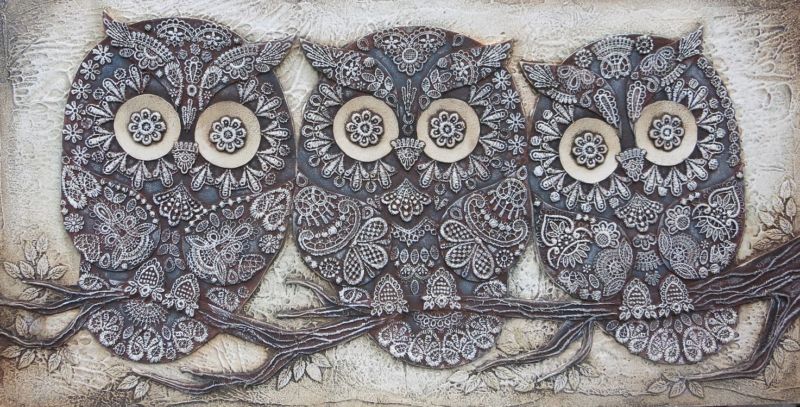
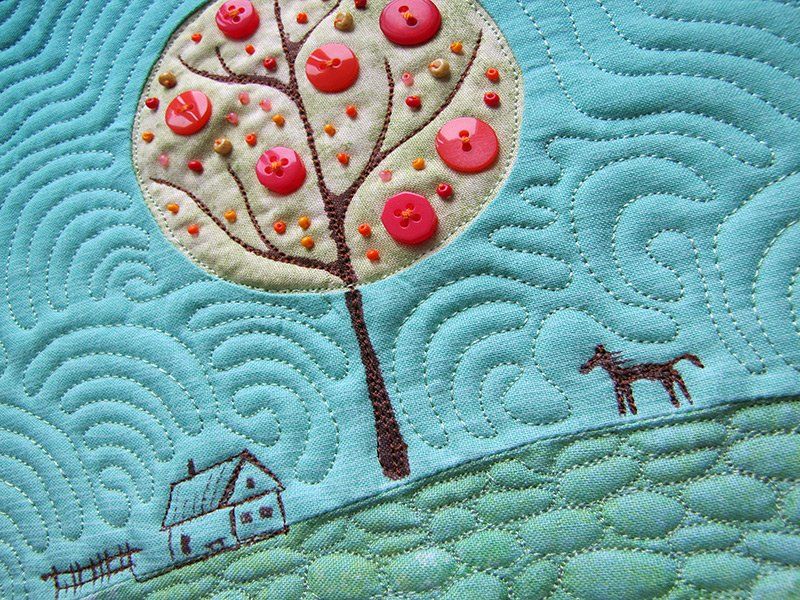

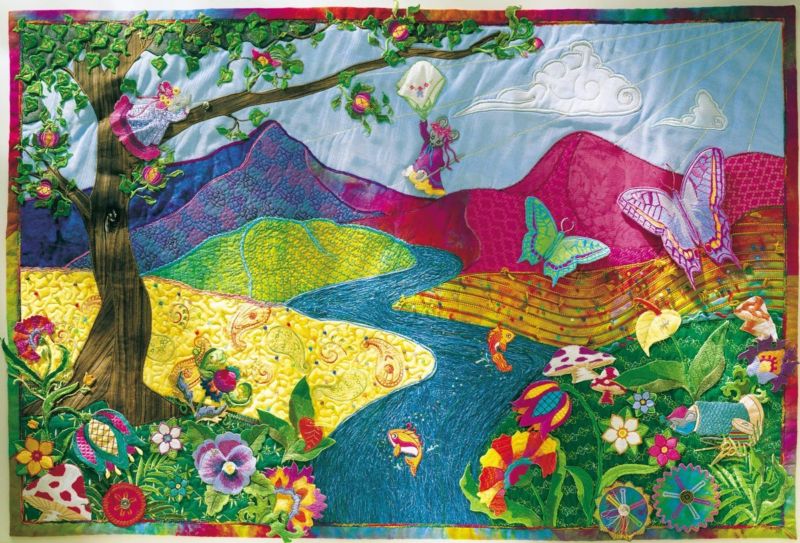
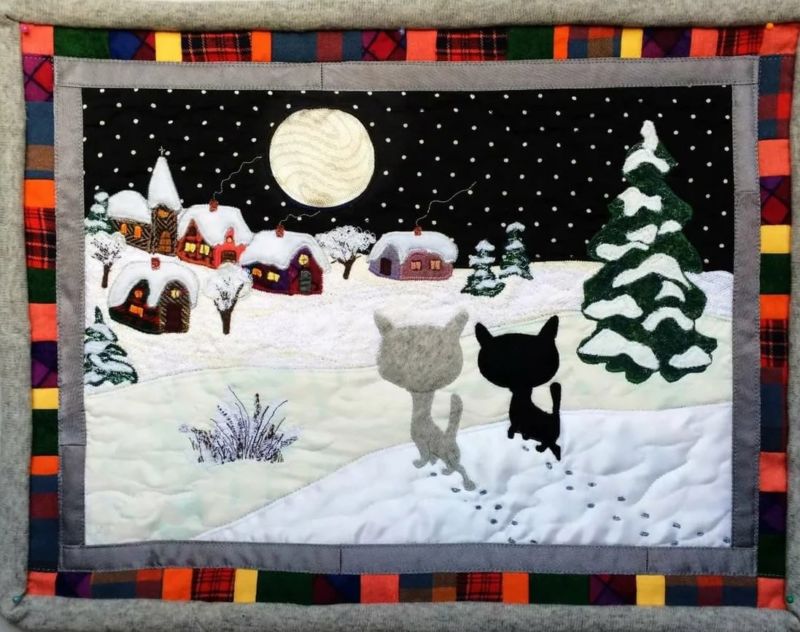

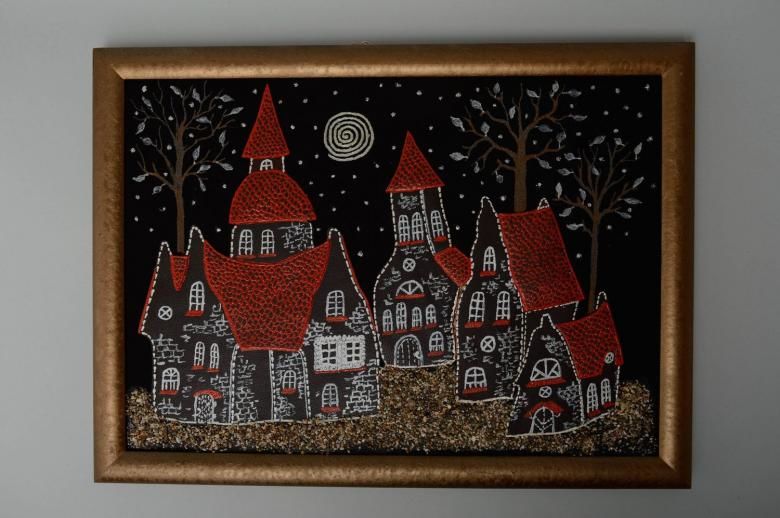
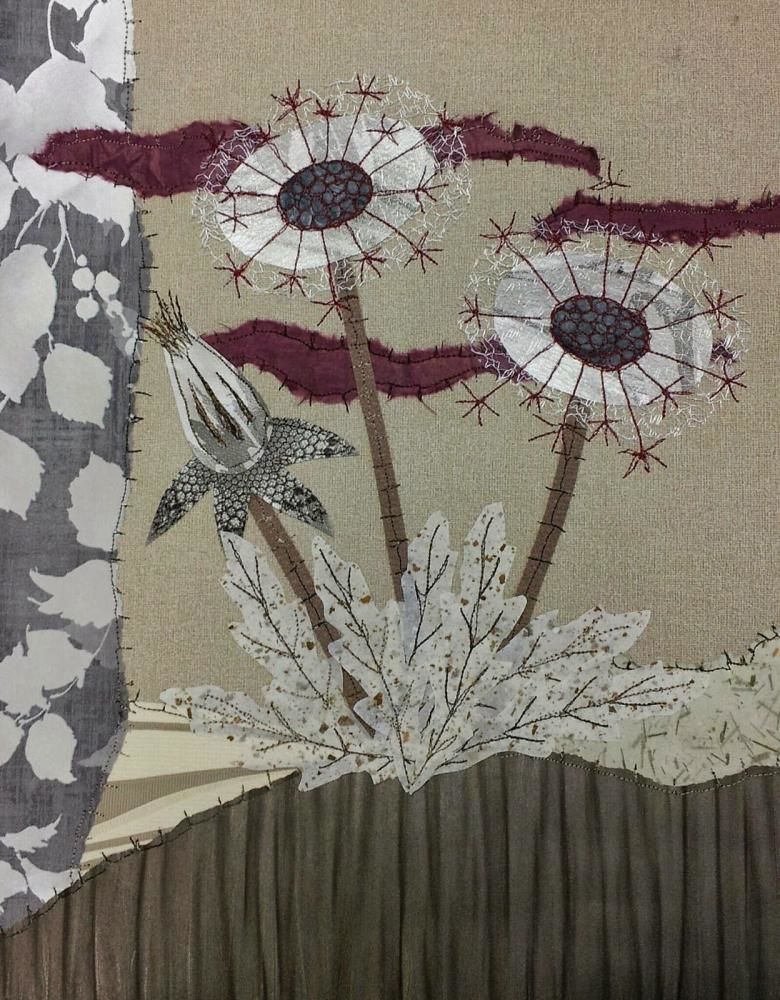

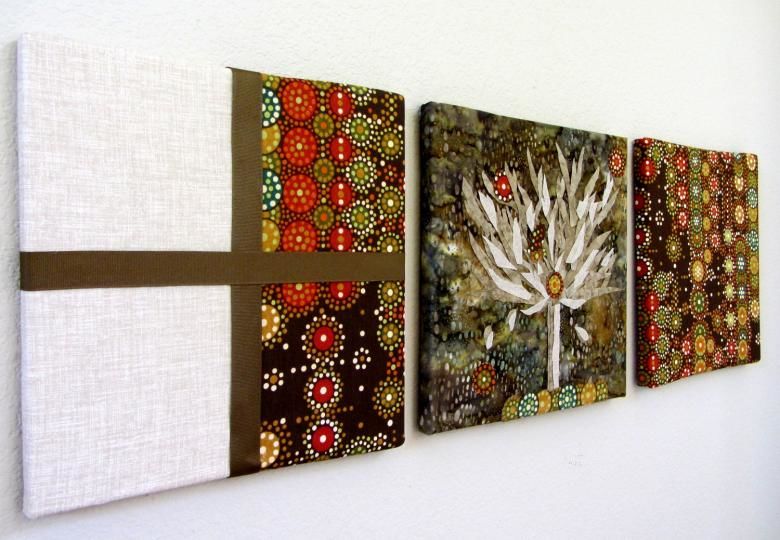
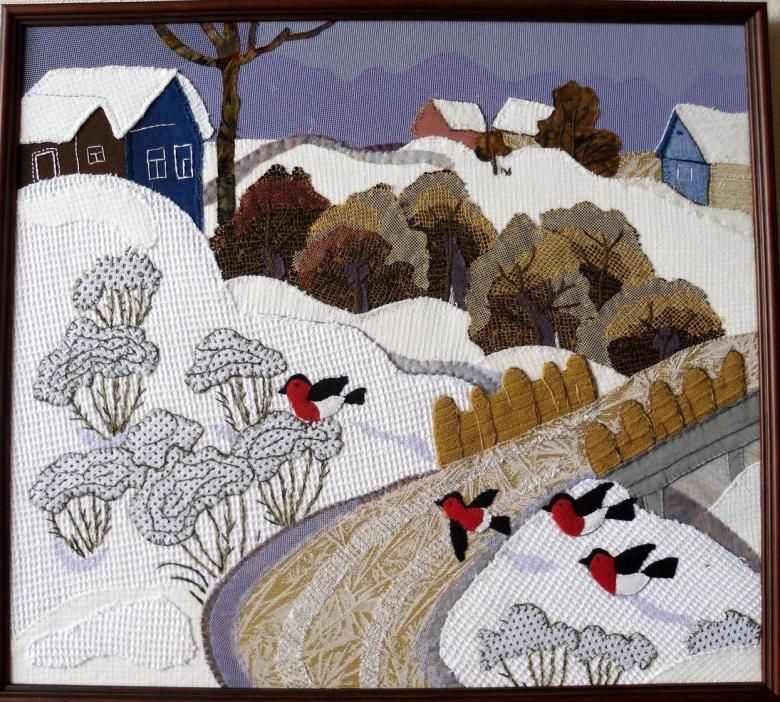
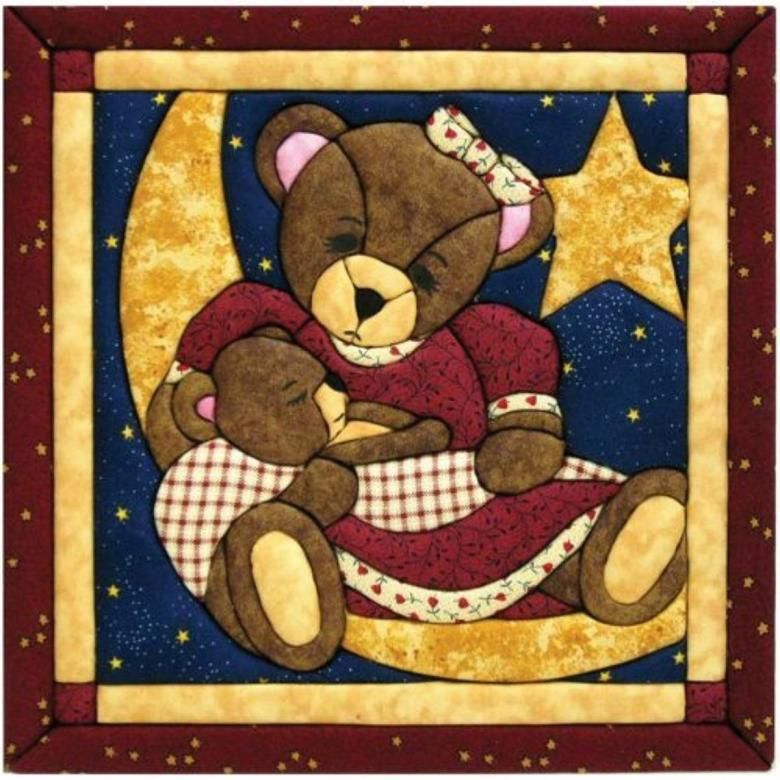
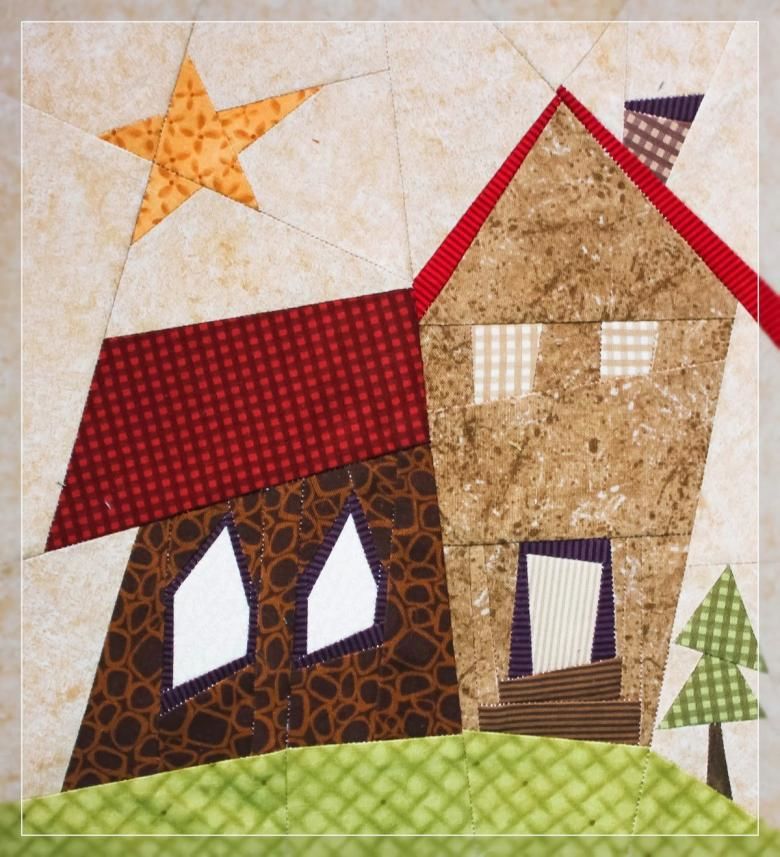
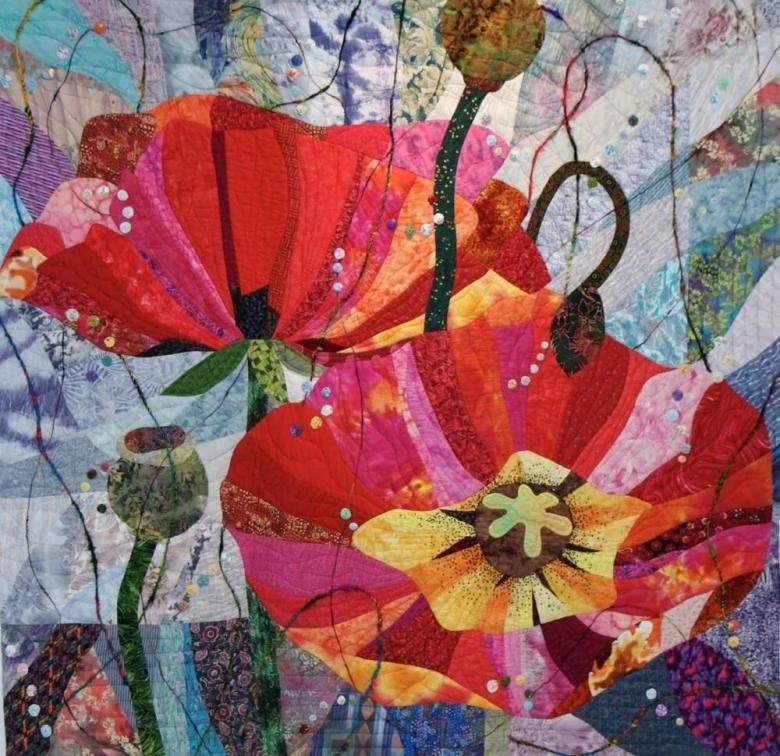
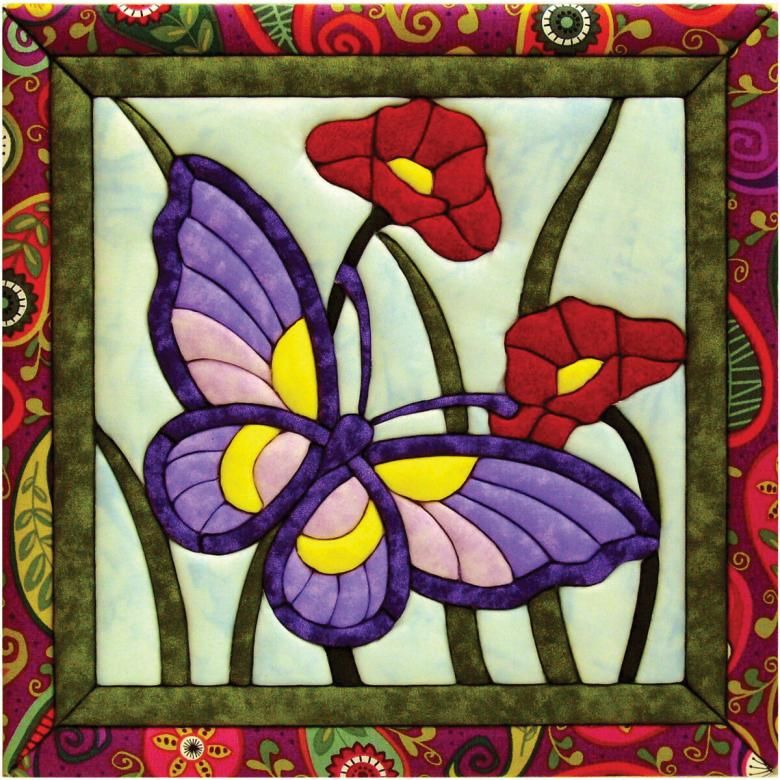
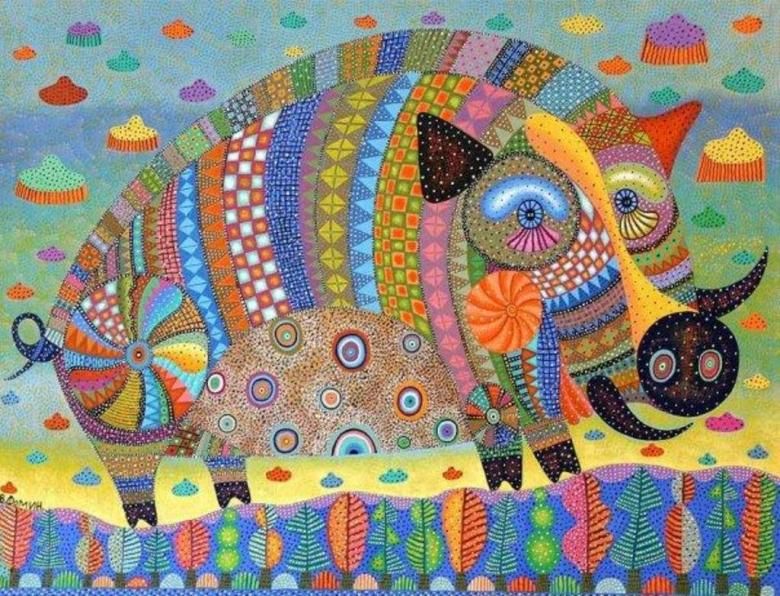
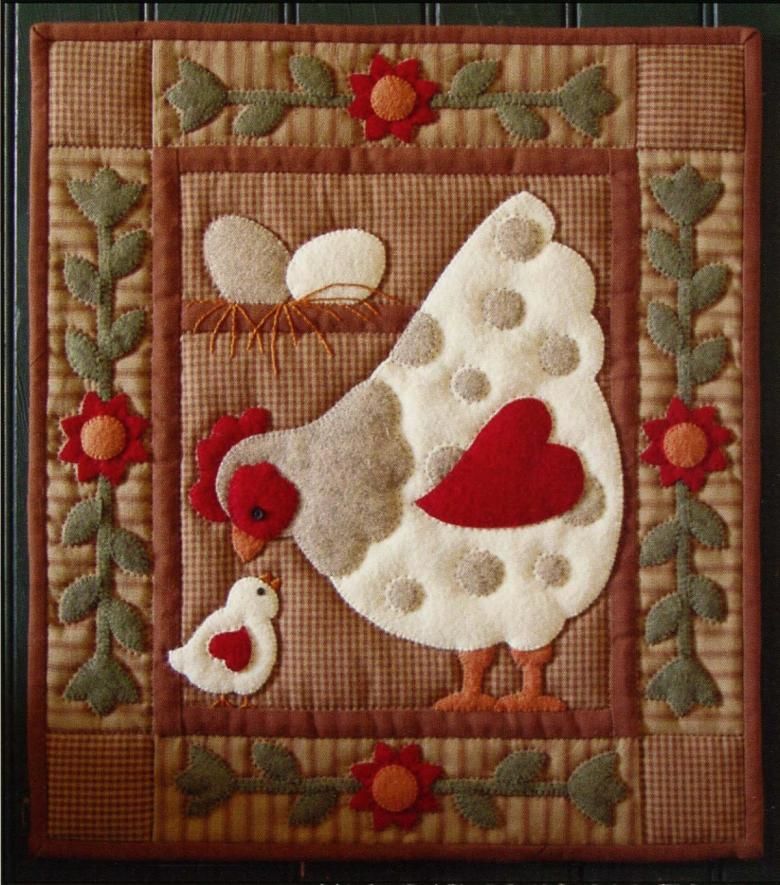
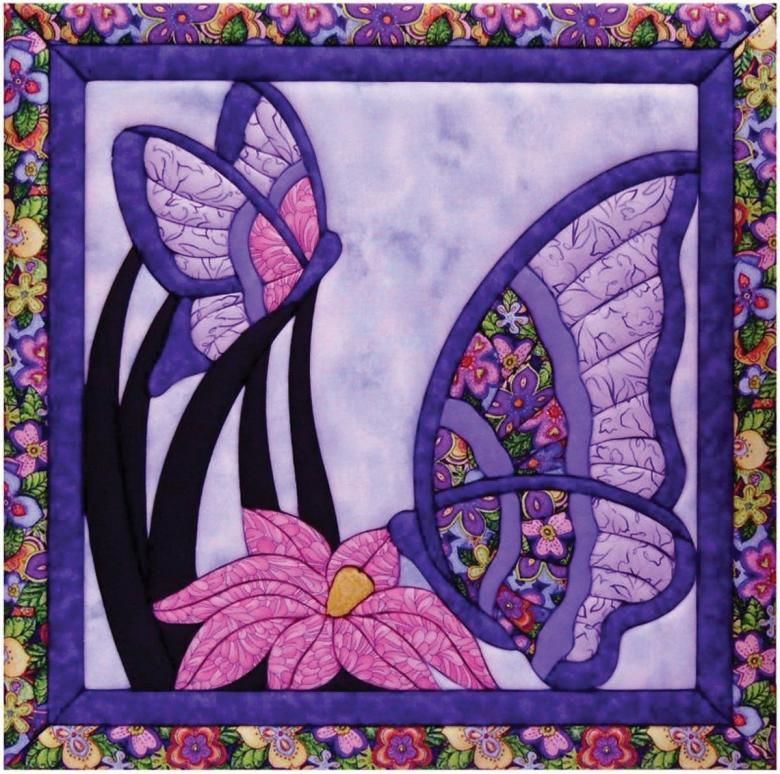
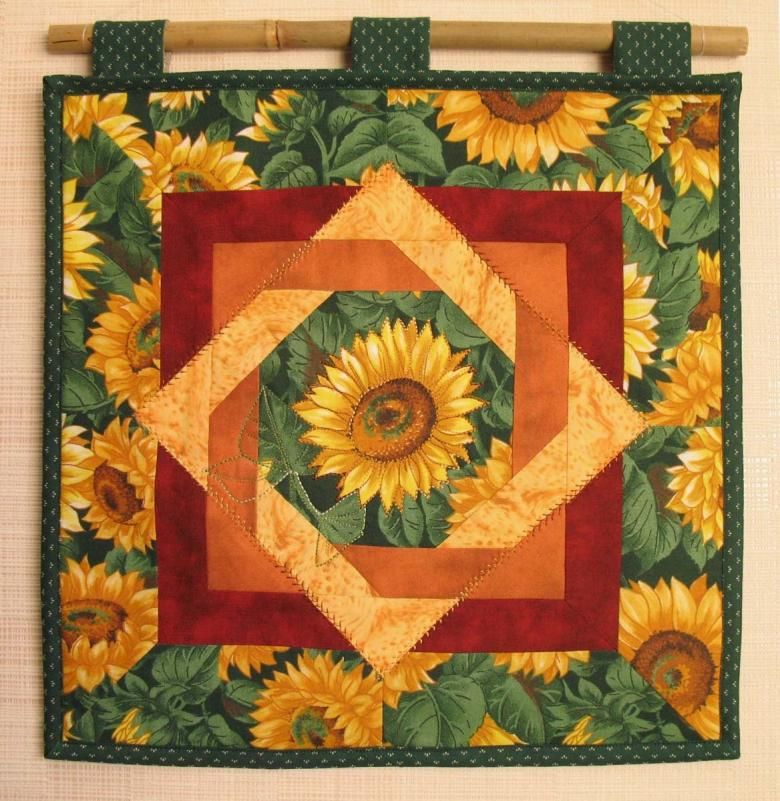
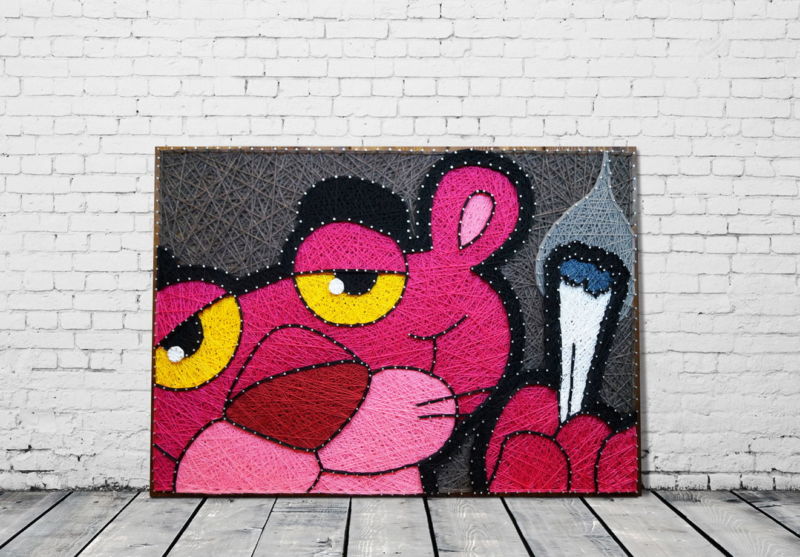
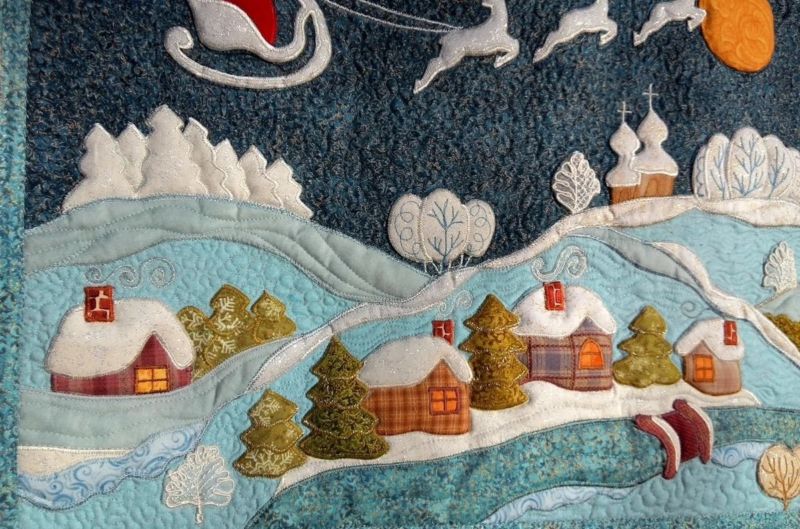
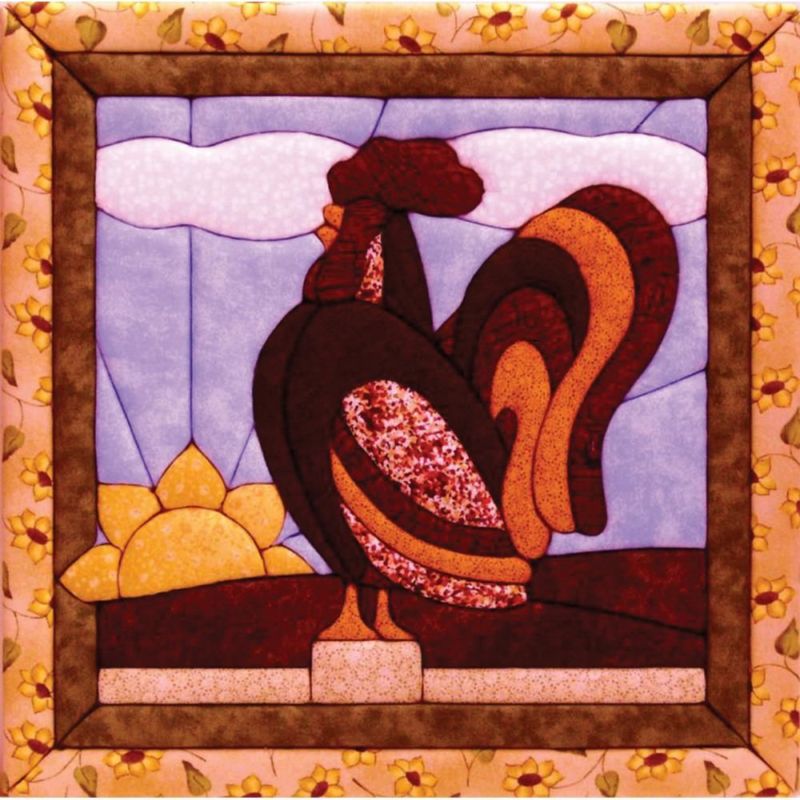
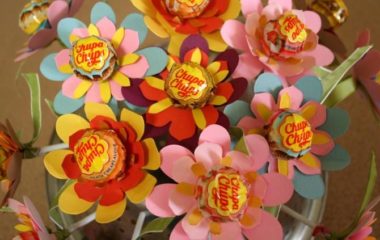
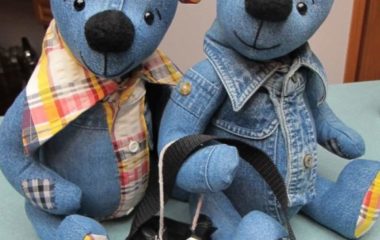


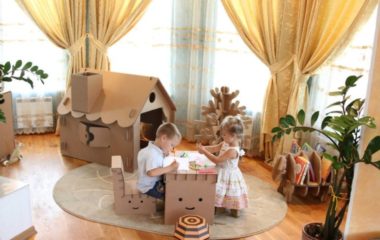
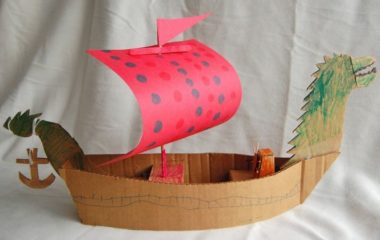
Thank you for the literate and interesting article. Learned a lot of useful things.
Very interesting, good article.